Patañjali Yoga Sūtra
Second Chapter
The Sādhana Pāda
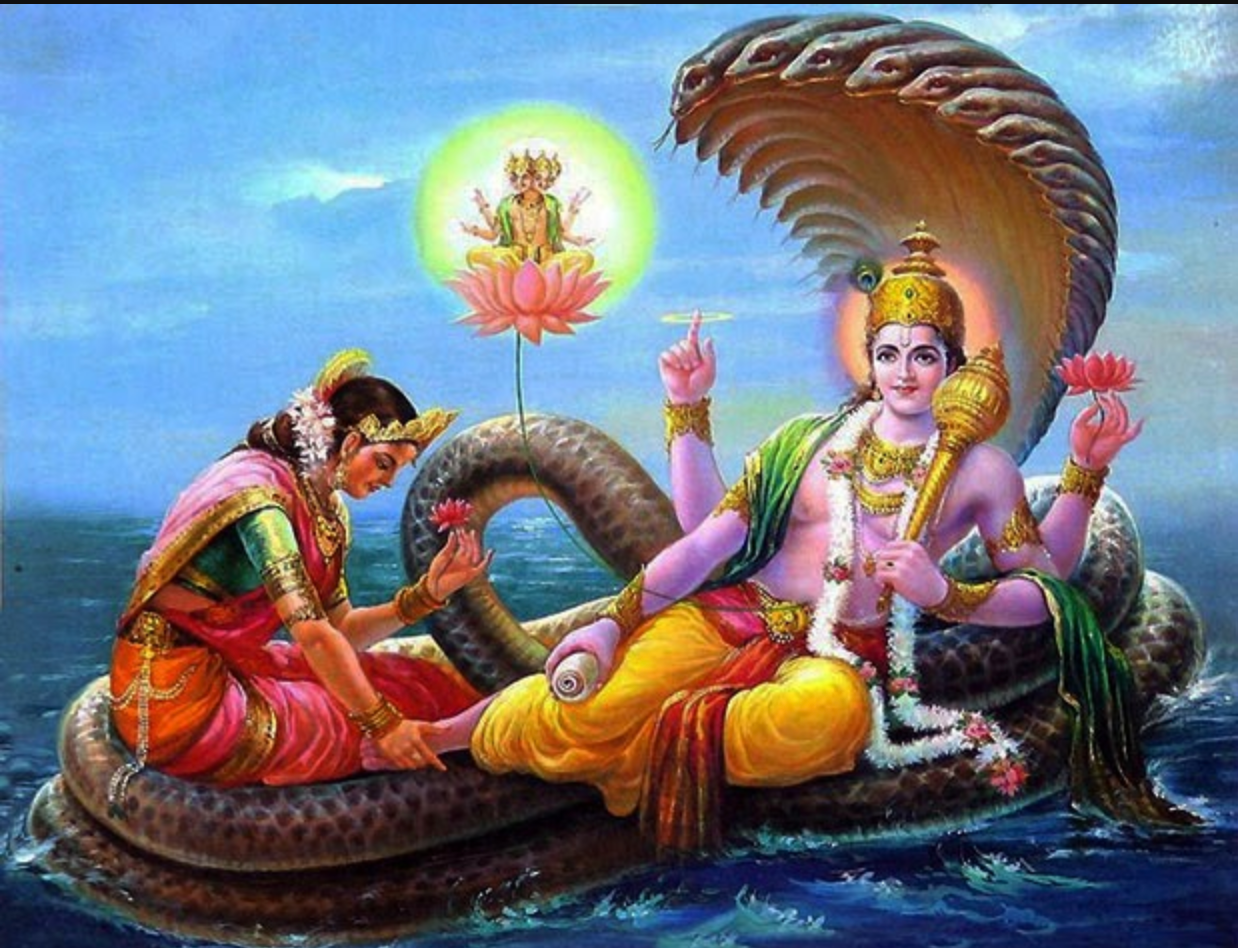
Join our global community in a Heart-to Heart transmission
of Sūtra wisdom in Bhāvani's online mentorship
more info
ॐ Aum
अथ पतञ्जलयोगसूत्रे साधनपादः
Atha Patañjala Yogasūtre Sādhana Pādaḥ
Here are Patañjali's threads on the aims of Yoga and how to realize integration.

तपःस्वाध्यायेश्वरप्रणिधानानि क्रियायोगः॥१॥
II.1 Tapaḥ svādhyāyeśvarapraṇidhānāni kriyāyogaḥ
Purification, self-study in tandem with meta-physical teachings, and letting-go into Creative Source comprise Yoga in action.
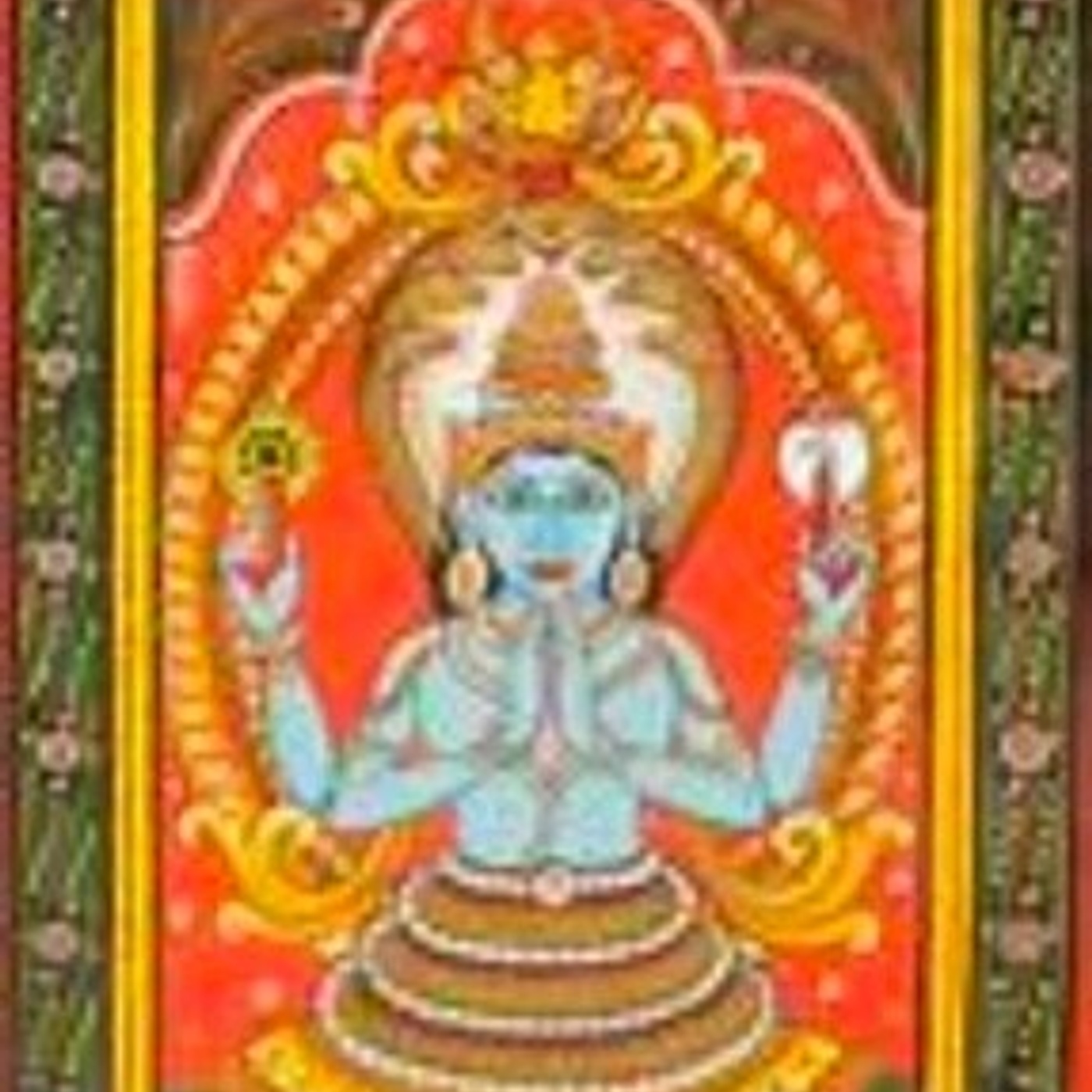
समाधिभावनार्थः क्लेशतनूकरणार्थश्च॥२॥
II.2 Samādhi bhāvanārthaḥ klesha tanū karaṇārthaś ca
Through the assiduous cultivation of Kriyā Yoga, the klesha are attenuated and removed, revealing our natural state of samādhi.
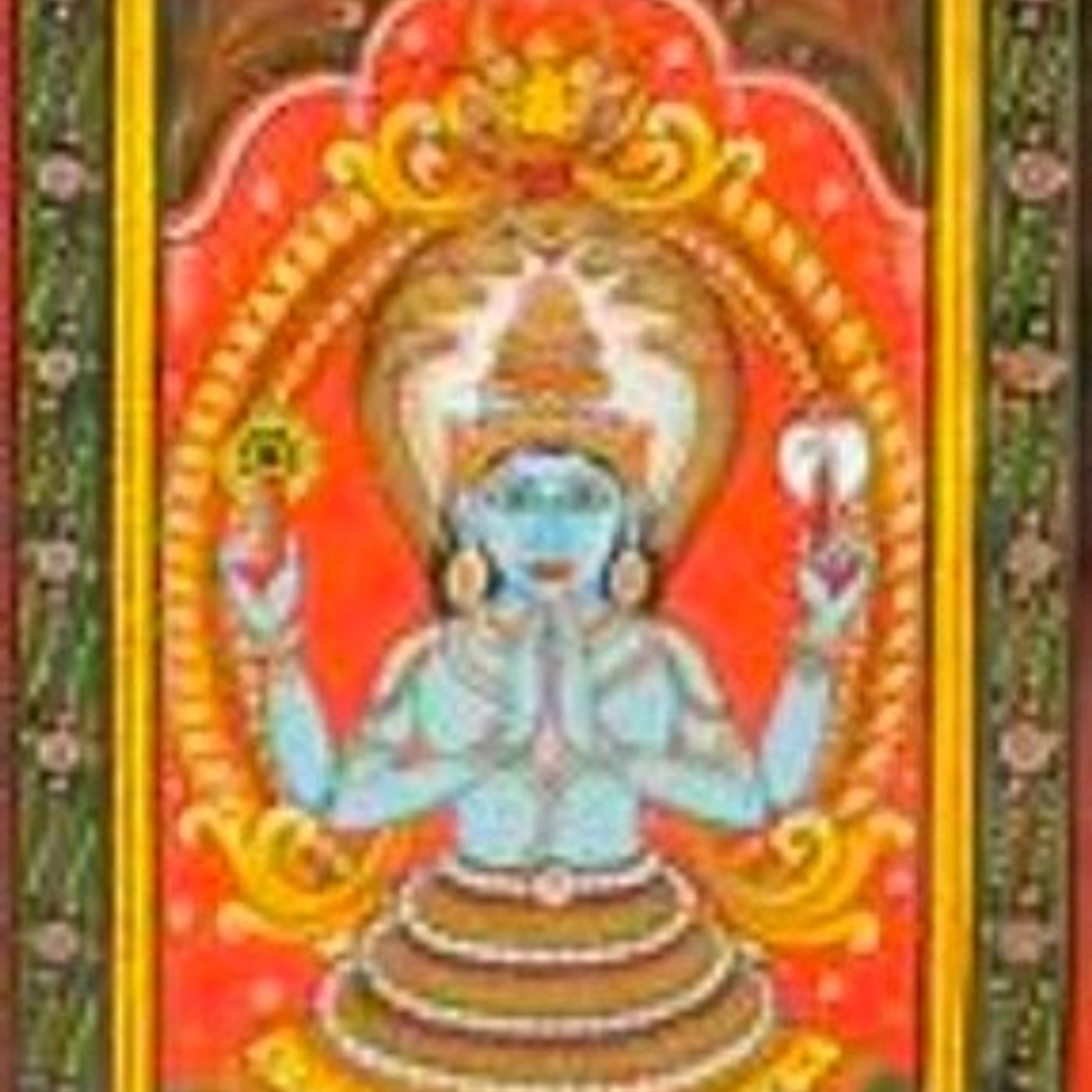
अविद्यास्मितारागद्वेषाभिनिवेशाः क्लेशाः॥३॥
II.3 Avidyā asmitā rāga dveṣābhiniveśāḥ pañcha kleśāḥ
Confused priorities, taking things personally, attachment, unreasonable dislikes and resistance change are the five roots of affliction.
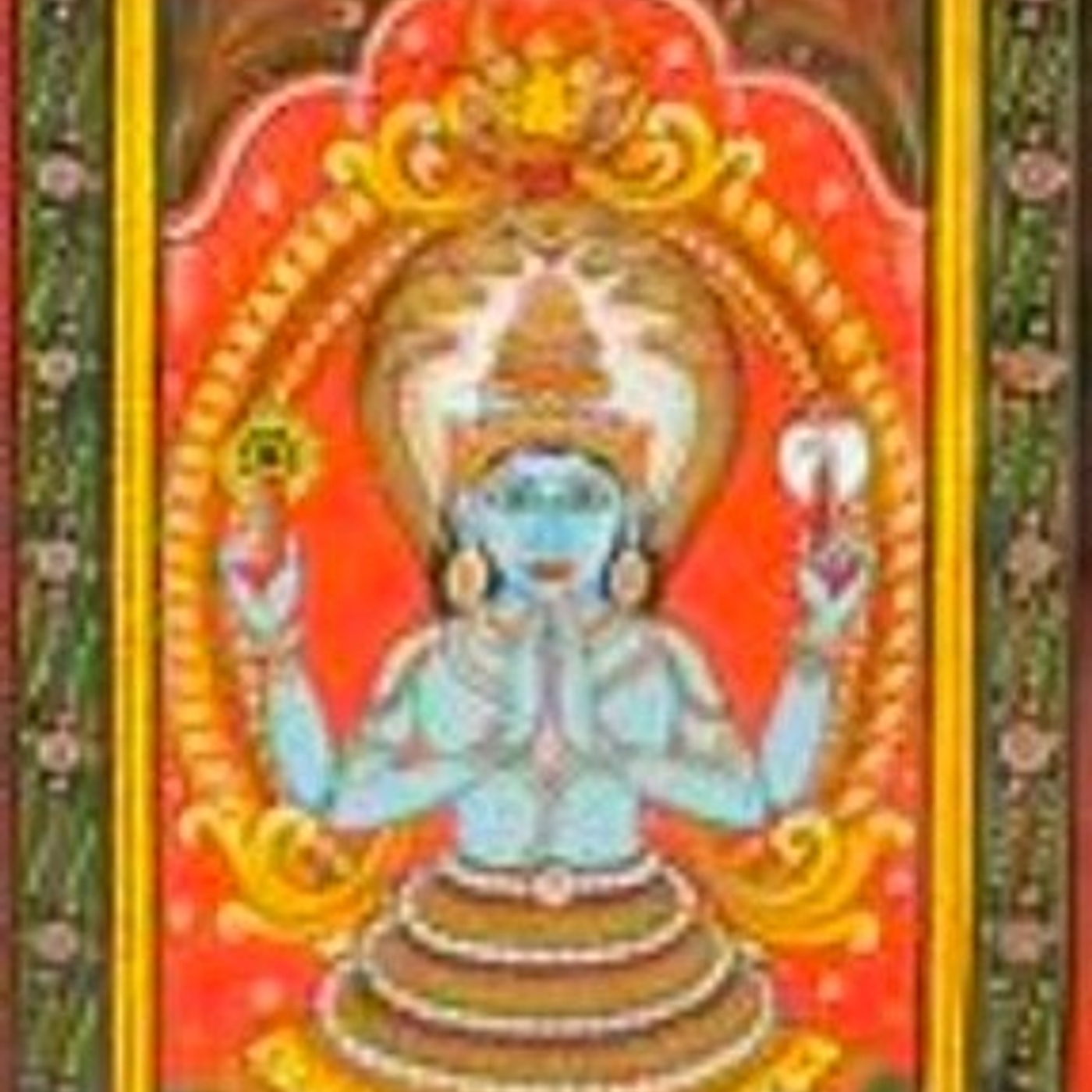
अविद्या क्षेत्रमुत्तरेषां प्रसुप्ततनुविच्छिन्नोदाराणाम्॥४॥
II.4 Avidyā kṣetram uttareṣāṁ prasupta tanu vicchinnodārāṇām
Avidyā, cognitive distortion born of unrealized values and priorities, is a fertile field for all affliction (Klesha), whose impact varies according to whether they are dormant, feeble, intermittent or fully active.

अनित्याशुचिदुःखानात्मसु नित्यशुचिसुखात्मख्यातिरविद्या॥५॥
II.5 Anityāśuci duḥkhānātmasu nitya śuci sukhātma khyātir avidyā
Avidyā is spiritual forgetfulness arising from the tendency to confuse the temporary with the eternal, delusion with truth, pleasure with pain, and to confuse self with the non-self, that contribute to a shrunken sense of self.
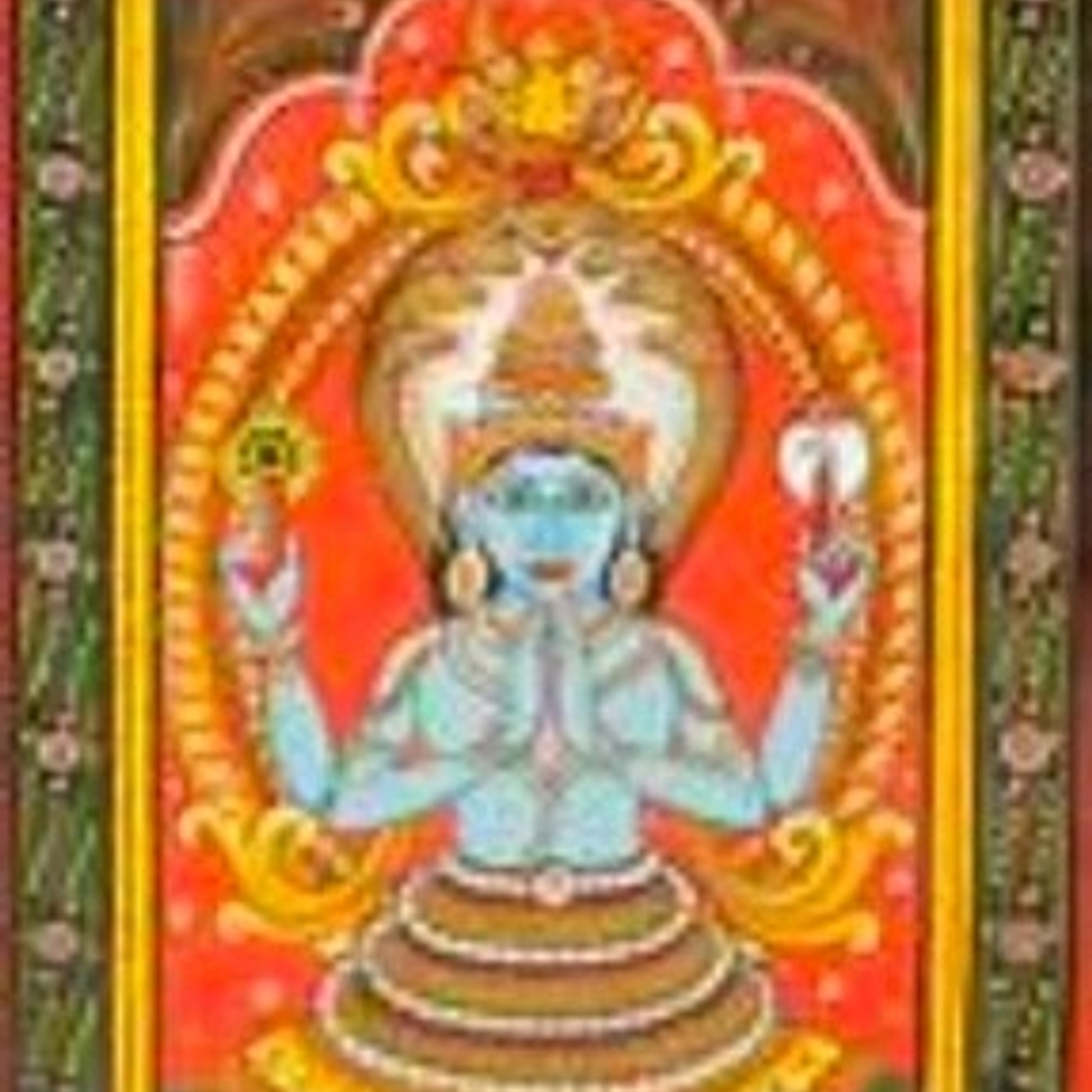
दृग्दर्शनशक्त्योरेकात्मतेवास्मिता॥६॥
II.6 Dṛg darśana śaktyor ekātmatevāsmitā
Ego, is the misidentification of Self with the body and the vehicles of mind as consciousness itself.
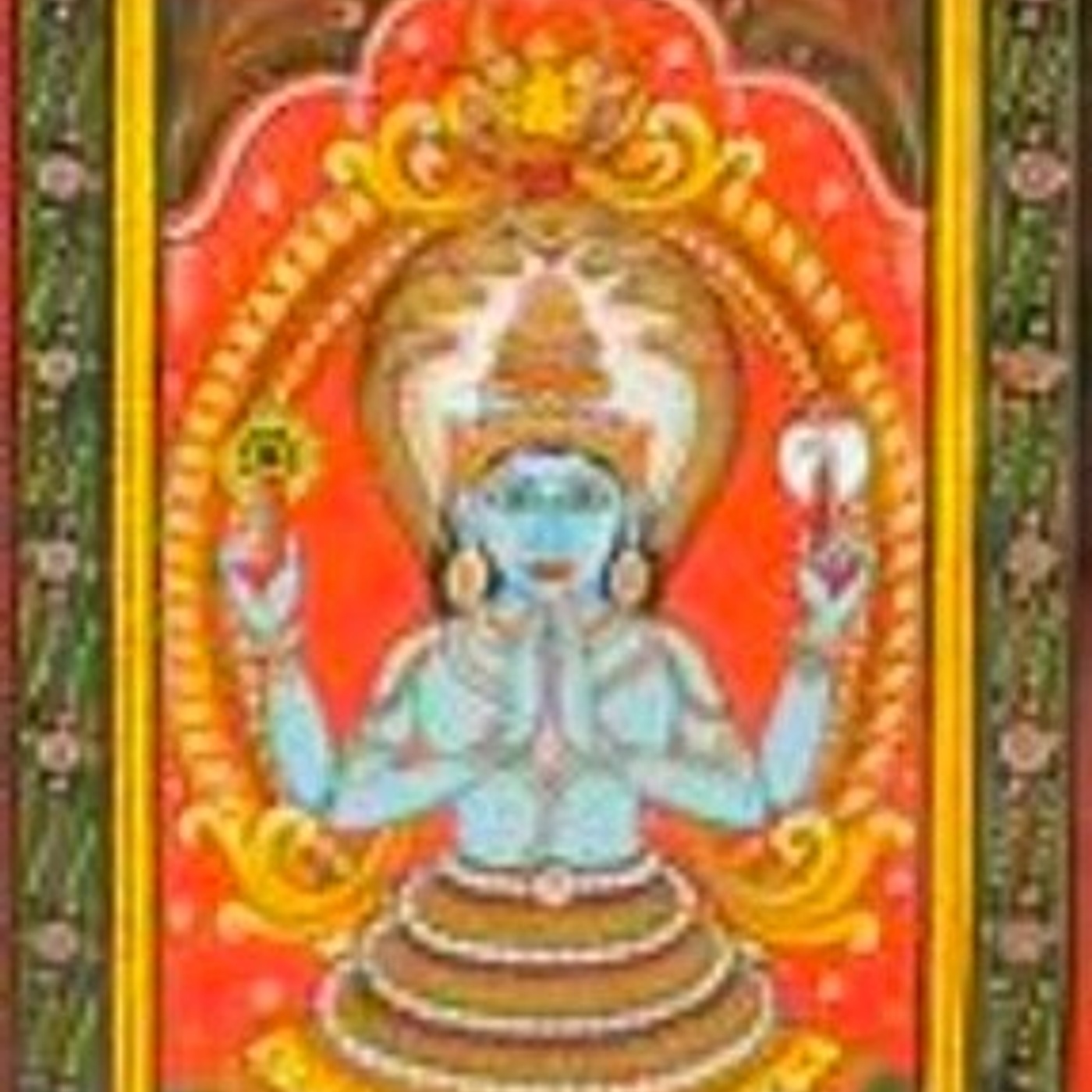
सुखानुशयी रागः॥७॥
II.7 Sukhānuśayī rāgaḥ
A feeling of attachment immediately follows the experience of pleasure.
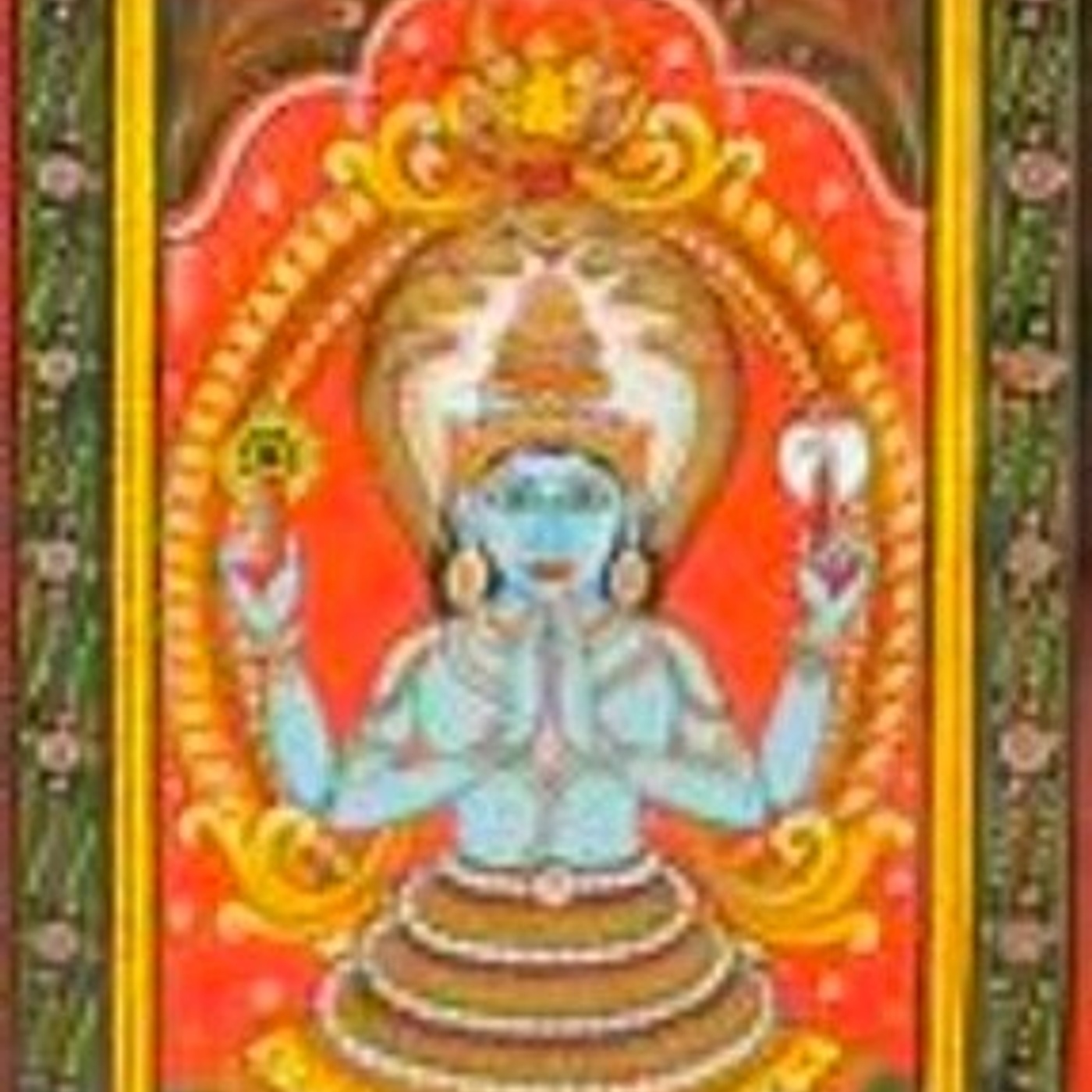
दुःखानुशयी द्वेषः॥८॥
II.8 Duḥkhānuśayī dveṣaḥ
The feeling of discomfort is immediately followed by a sense of aversion.
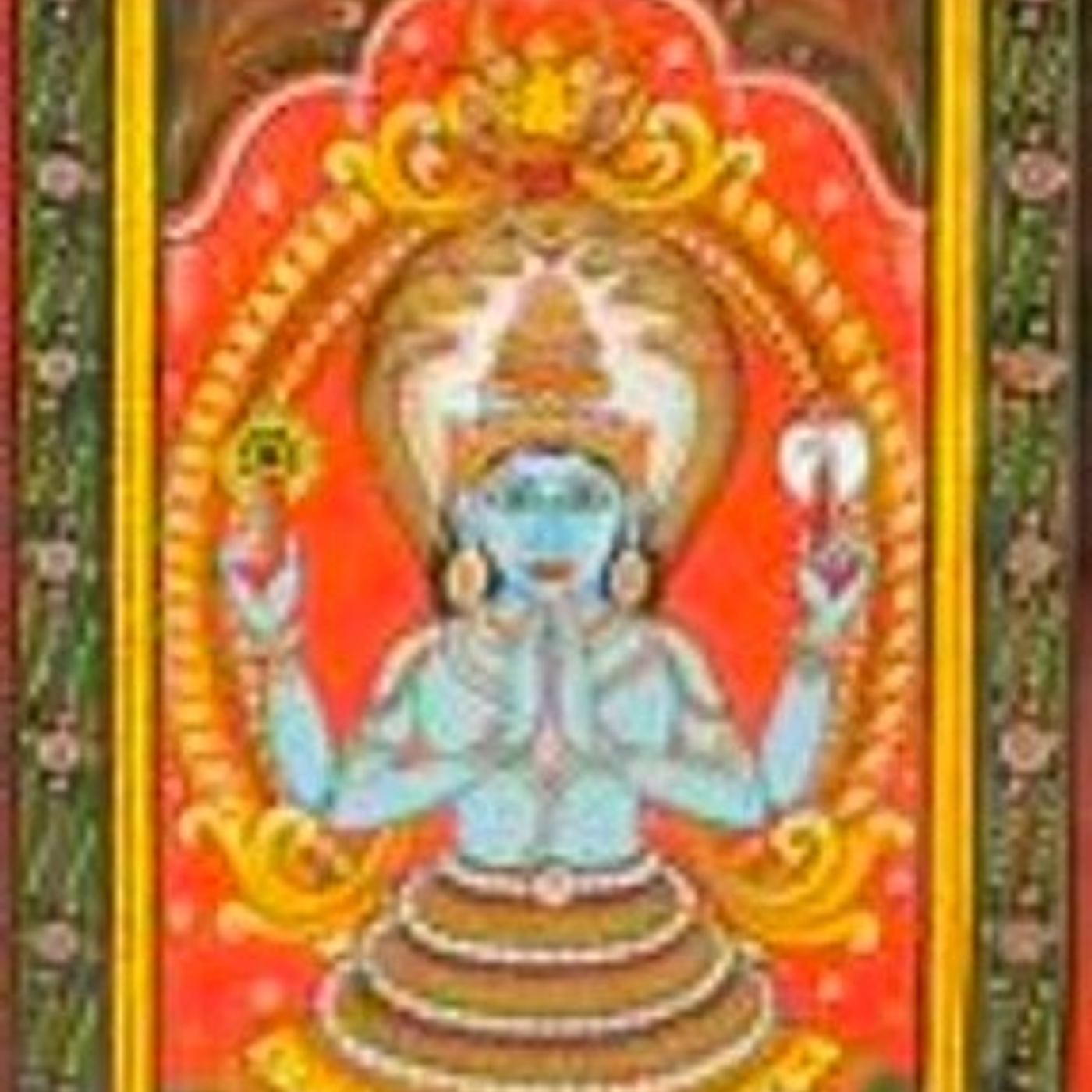
स्वरसवाही विदुषोऽपि तथारूढोऽभिनिवेशः॥९॥
II.9 Svarasavāhī viduṣo’pi tathā rūḍho’bhiniveśaḥ
Even the wisest of sages has the biological impulse to cling to life.
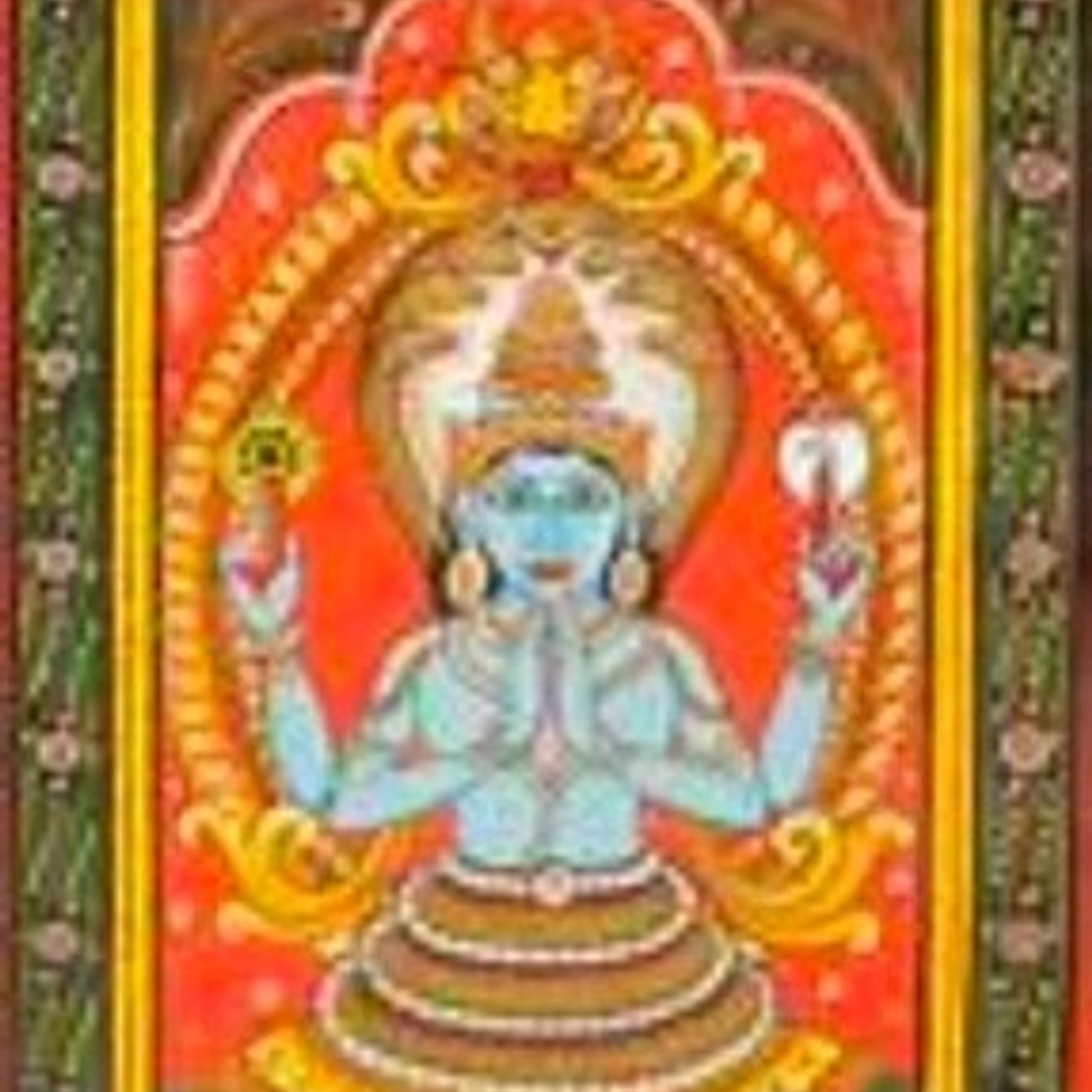
ते प्रतिप्रसवहेयाः सूक्ष्माः॥१०॥
II.10 Te pratiprasavaheyāḥ sūkṣmāḥ
When you think you have it under control, you had better check again. These tendencies are often subtle, and the untrained mind has a way of avoiding the issues. Develop constant introspection, and pay attention to counter maladaptive patterns.

ध्यानहेयास्तद्वृत्तयः॥११॥
II.11 Dhyāna heyās tad vṛttayaḥ
Adopt an attitude of introspection to resolve the vṛtti, and calm the agitations of chitta. In the active state, they can be destroyed by meditative Self-reflection.
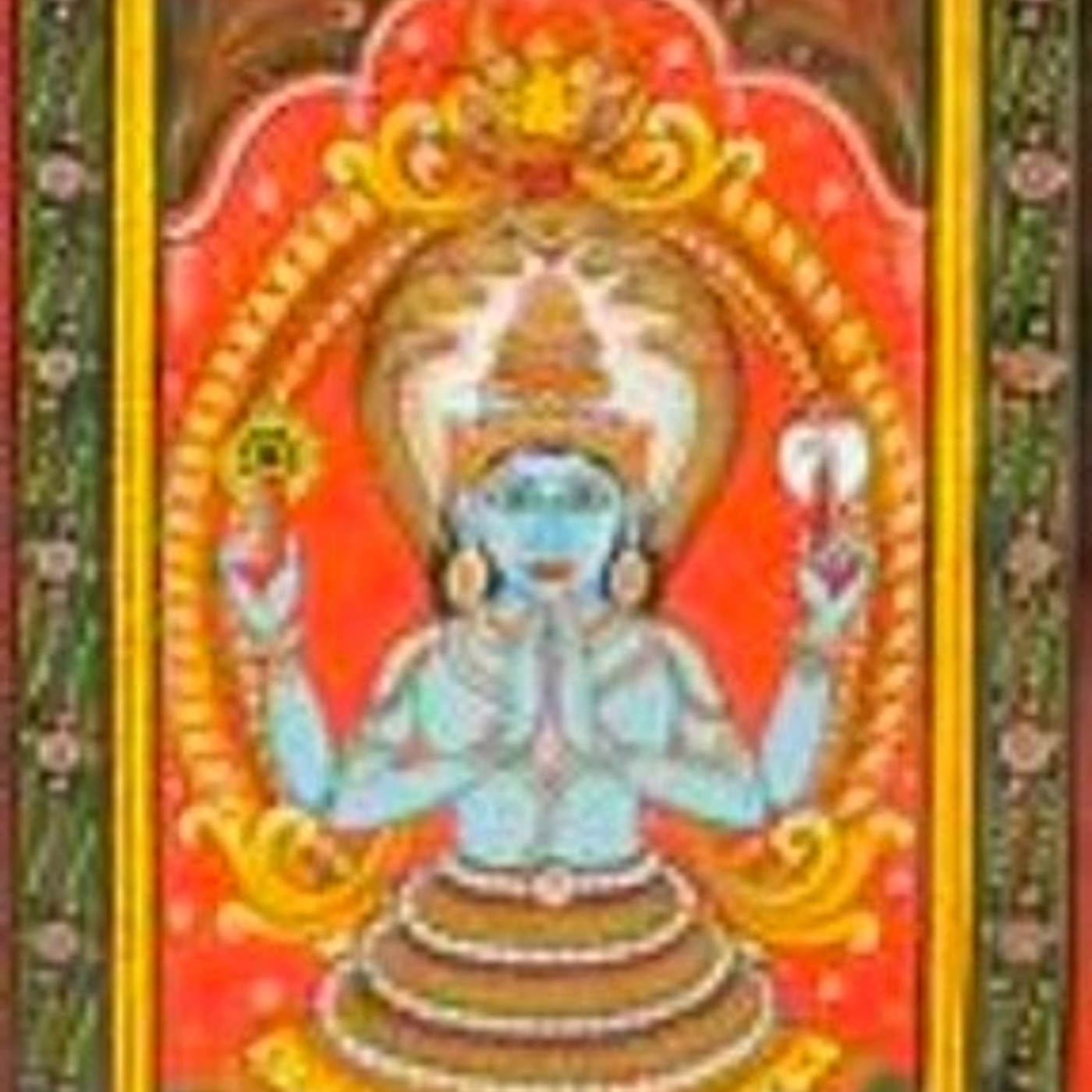
क्लेशमूलः कर्माशयो दृष्टादृष्टजन्मवेदनीयः॥१२॥
II.12 Kleśa mūlaḥ karmāśayo dṛṣṭādṛṣṭa janma vedanīyaḥ
As long as the klesha are present, their roots will eventually bear fruit, whether they are as of yet seen, or unseen.
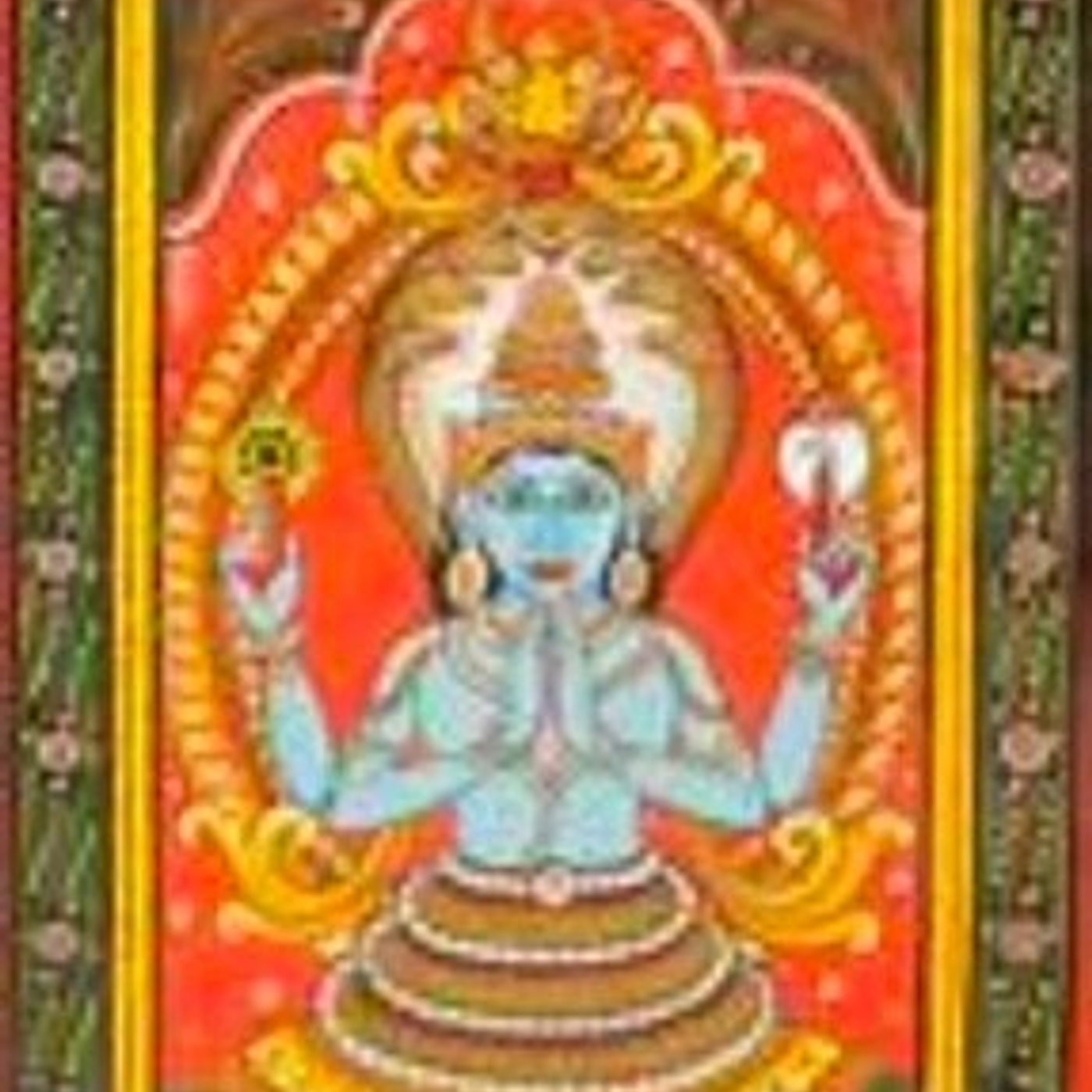
सति मूले तद्विपाको जात्यायुर्भोगाः॥१३॥
II.13 Sati mūle tad vipāko jātyāyur bhogāḥ
The presence of such roots will determine the quality of life, vitality and enjoyment.

ते ह्लादपरितापफलाः पुण्यापुण्यहेतुत्वात्॥१४॥
II.14 Te hlāda paritāpa phalāḥ puṇyāpuṇya hetutvāt
As long as the klesha are at all present, they will determine the outcome of everything we do, as far as the virtuousness, enjoy-ability, and the outcome of our acts and efforts.
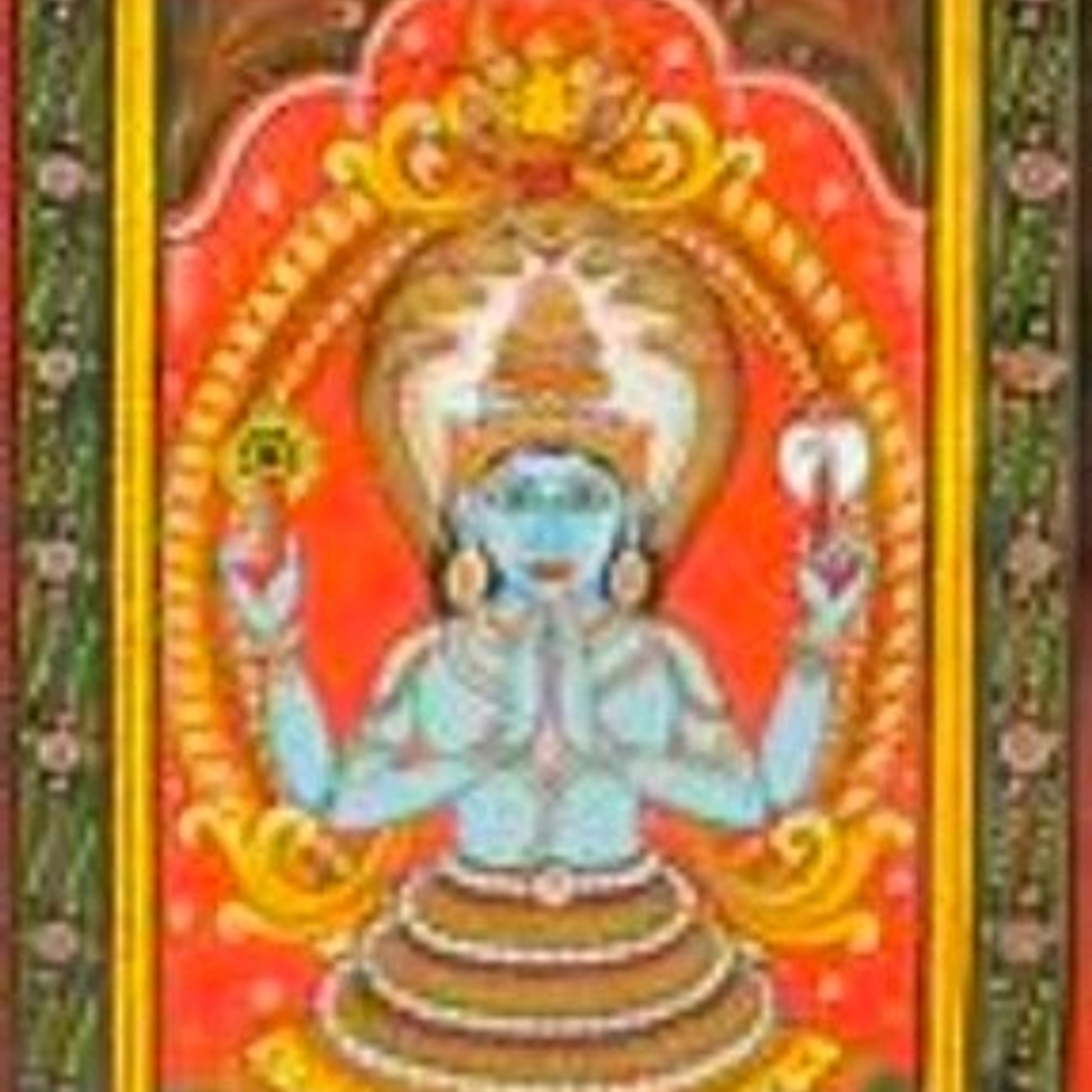
परिणामतापसंस्कारदुःखैर्गुणवृत्तिविरोधाच्च दुःखमेव सर्वं विवेकिनः॥१५॥
II.15 Pariṇāma tāpa saṁskāra duḥkhair guṇa vṛtti virodhācca duḥkham eva sarvaṁ vivekinaḥ
The inability to recognize the tendency for the cosmic forces of the guṇa (the protonic, neutronic and electronic energies) to fluctuate constantly, along with the principle of time-delay, is the continuous cause of duḥkha, frustration and suffering.
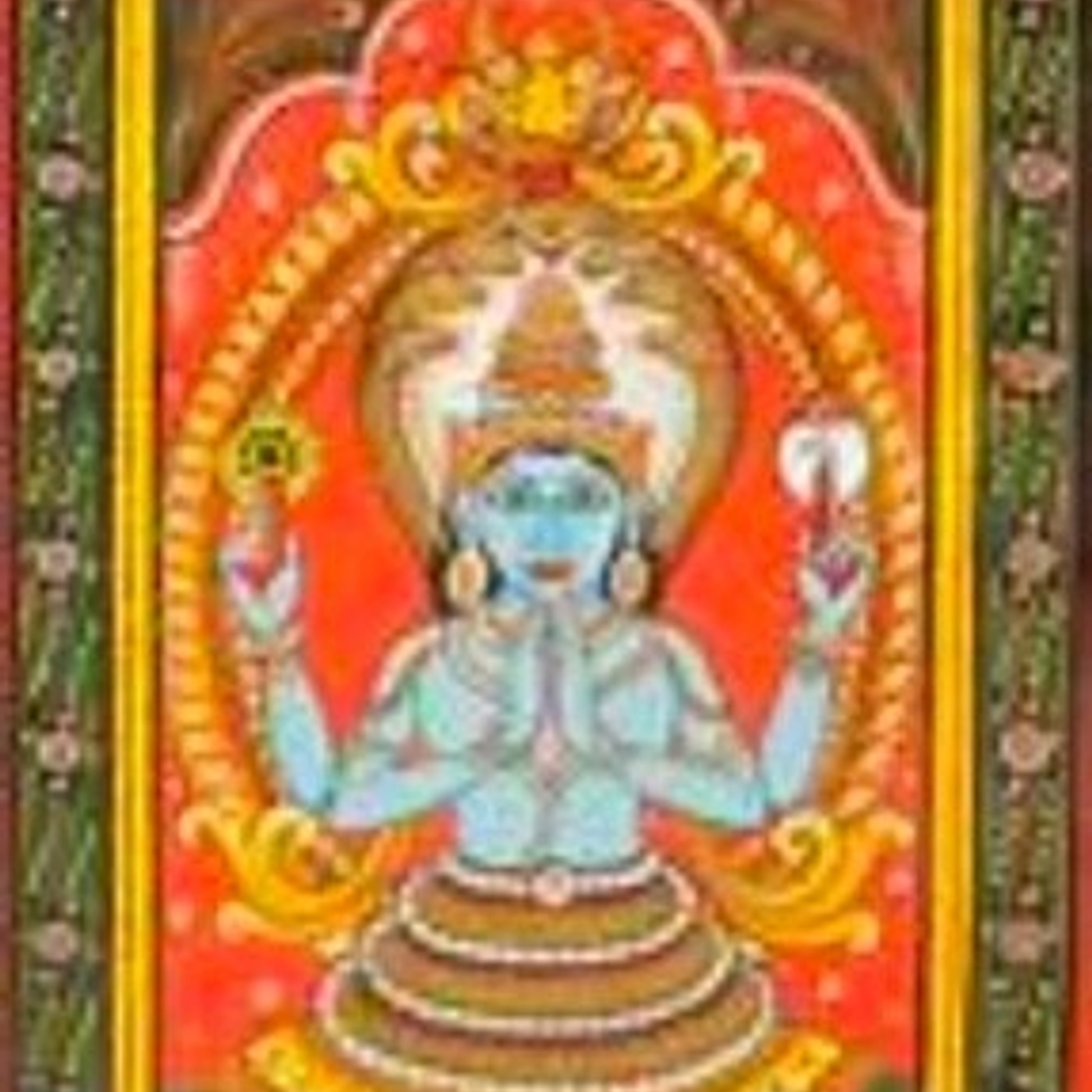
हेयं दुःखमनागतम्॥१६॥
II.16 Heyaṁ duḥkham anāgatam
The avoidable pain that is yet to come, can be and should be avoided.

द्रष्टृदृश्ययोः संयोगो हेयहेतुः॥१७॥
II.17 Draṣṭṛdṛśyayoḥ saṁyogo heya hetuḥ
The cause of suffering is the misidentification of the seer with the seen, and the remedy thereof lies in their disentanglement.
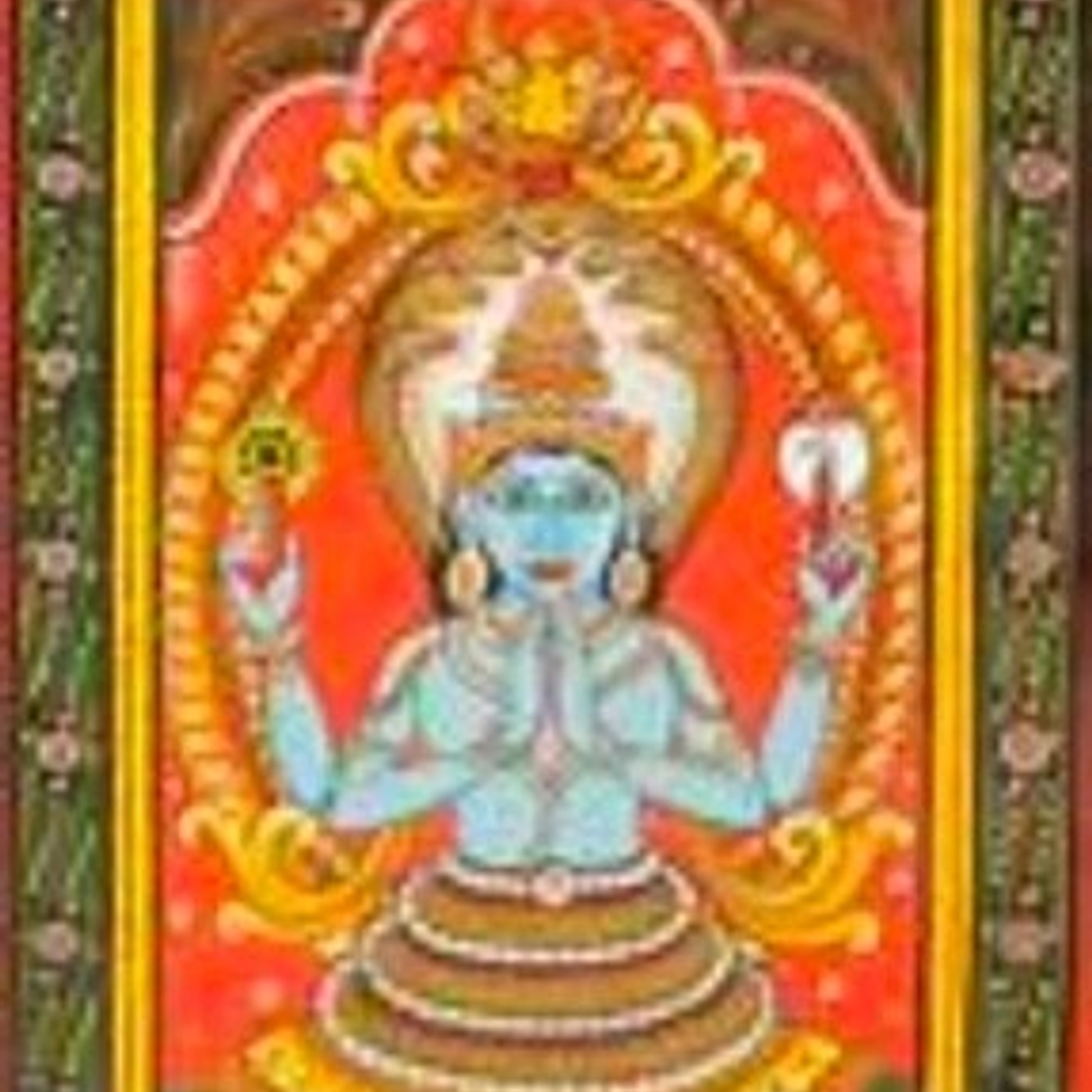
प्रकाशक्रियास्थितिशीलं भूतेन्द्रियात्मकं भोगापवर्गार्थं दृश्यम्॥१८॥
II.18 Prakāśa kriyā sthiti śīlaṁ bhūtendriyātmakaṁ bhogāpavargārthaṁ dṛśyam
Experience of the manifest world with the properties of perceptibility, activity and stability, has for its purpose to provide the individual with the means for self-experience and liberation.
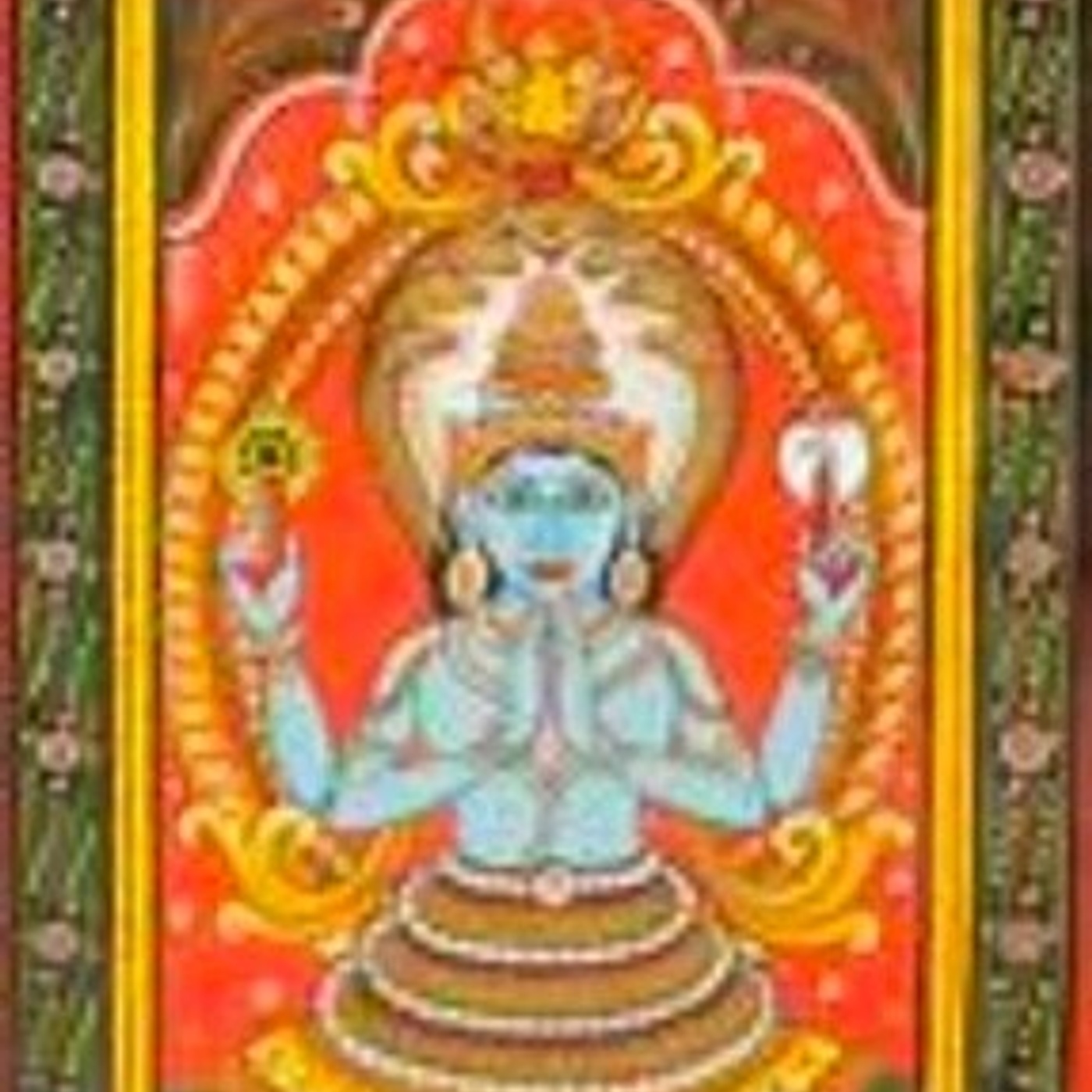
विशेषाविशेषलिङ्गमात्रालिङ्गानि गुणपर्वाणि॥१९॥
II.19 Viśeṣāviśeṣa liṅga mātrāliṅgāni guṇa parvāṇi
Relative and transitory phenomena (Guna) can be further broken down into specific, unspecific, differentiate and undifferentiated, that which is manifest and that which is potential.

द्रष्टा दृशिमात्रः शुद्धोऽपि प्रत्ययानुपश्यः॥२०॥
II.20 Draṣṭā dṛśimātraḥ śuddho’pi pratyayānupaśyaḥ
The witness is pure consciousness, and experiences the world of nature without being reliant on it.
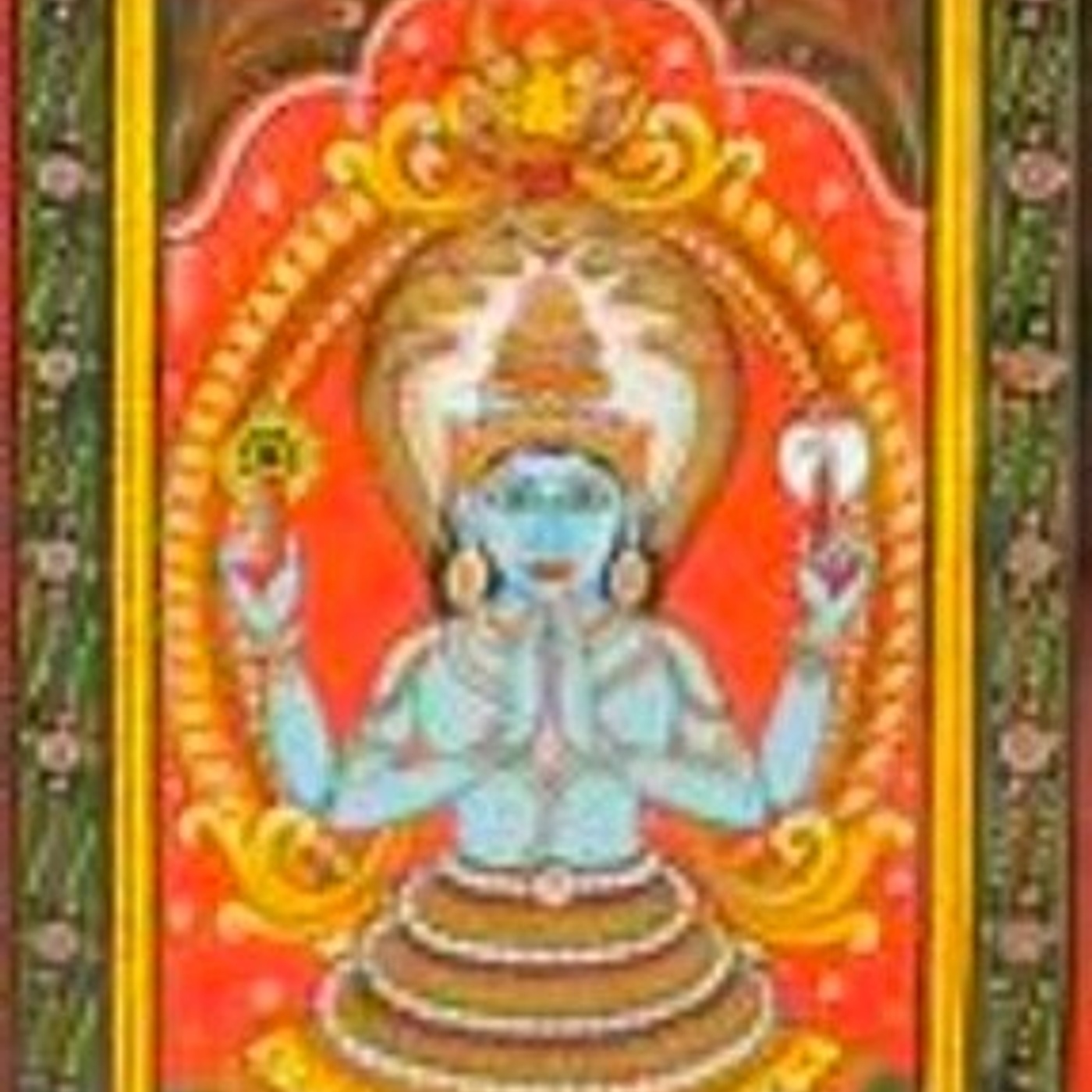
तदर्थ एव दृश्यस्यात्मा॥२१॥
II.21 Tadartha eva dṛśyasyātmā
The essence of the seen is for the sake of the seer.
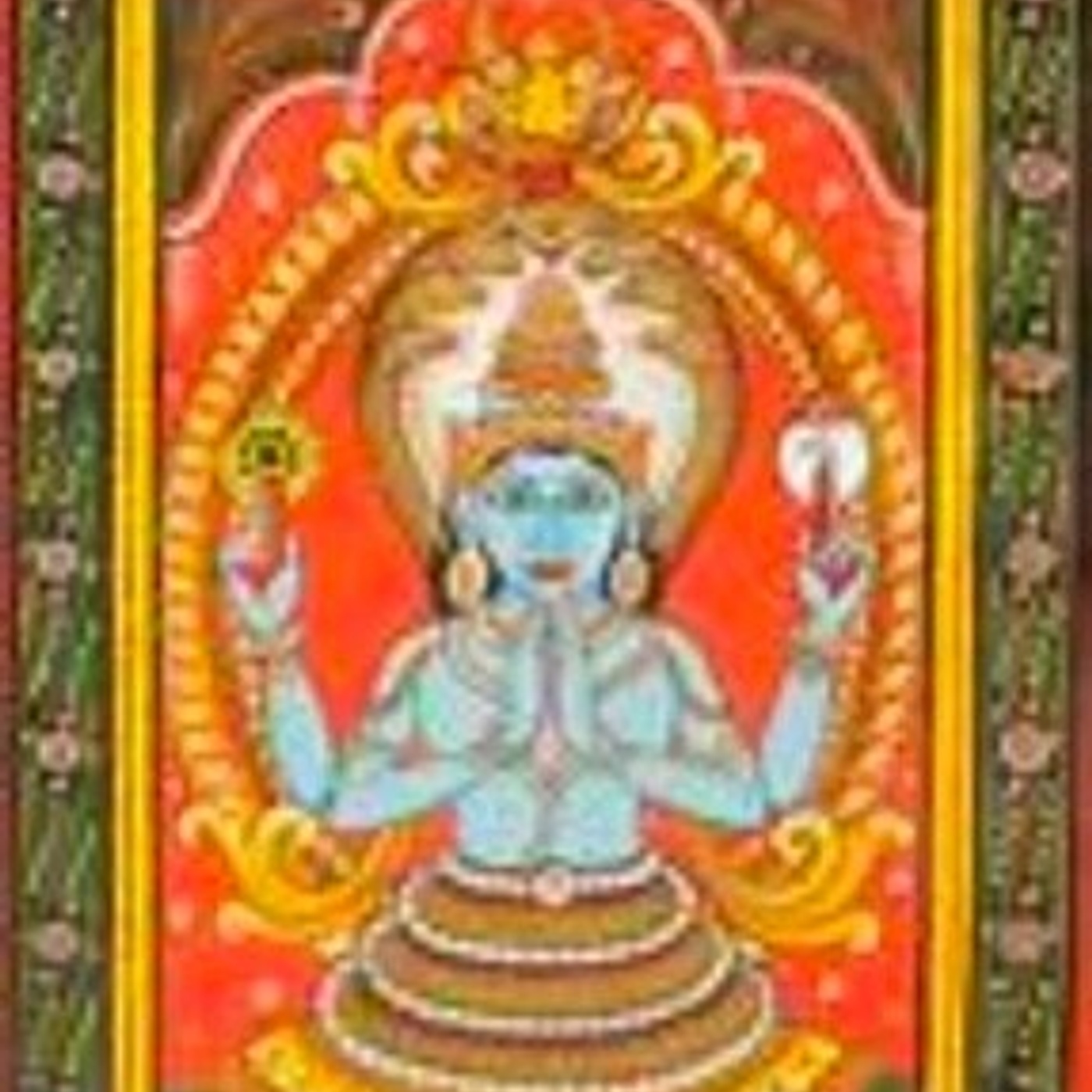
कृतार्थं प्रति नष्टमप्यनष्टं तदन्यसाधारणत्वात्॥२२॥
II.22 Kṛtārthaṁ prati naṣṭam apy anaṣṭaṁ tad anya sādhāraṇatvāt
The over-identification with the world ends for one who is realized, but continues to exist for those who are still in bondage.

स्वस्वामिशक्त्योः स्वरूपोपलब्धिहेतुः संयोगः॥२३॥
II.23 Svasvāmi śaktyoḥ svarūpopalabdhihetuḥ saṁyogaḥ
The association of the seer with the seen, is for the purpose of the individual to find their own true nature and the intelligent force behind it.

तस्य हेतुरविद्या॥२४॥
II.24 Tasya heturavidyā
The cause of this conjunction is nescience.
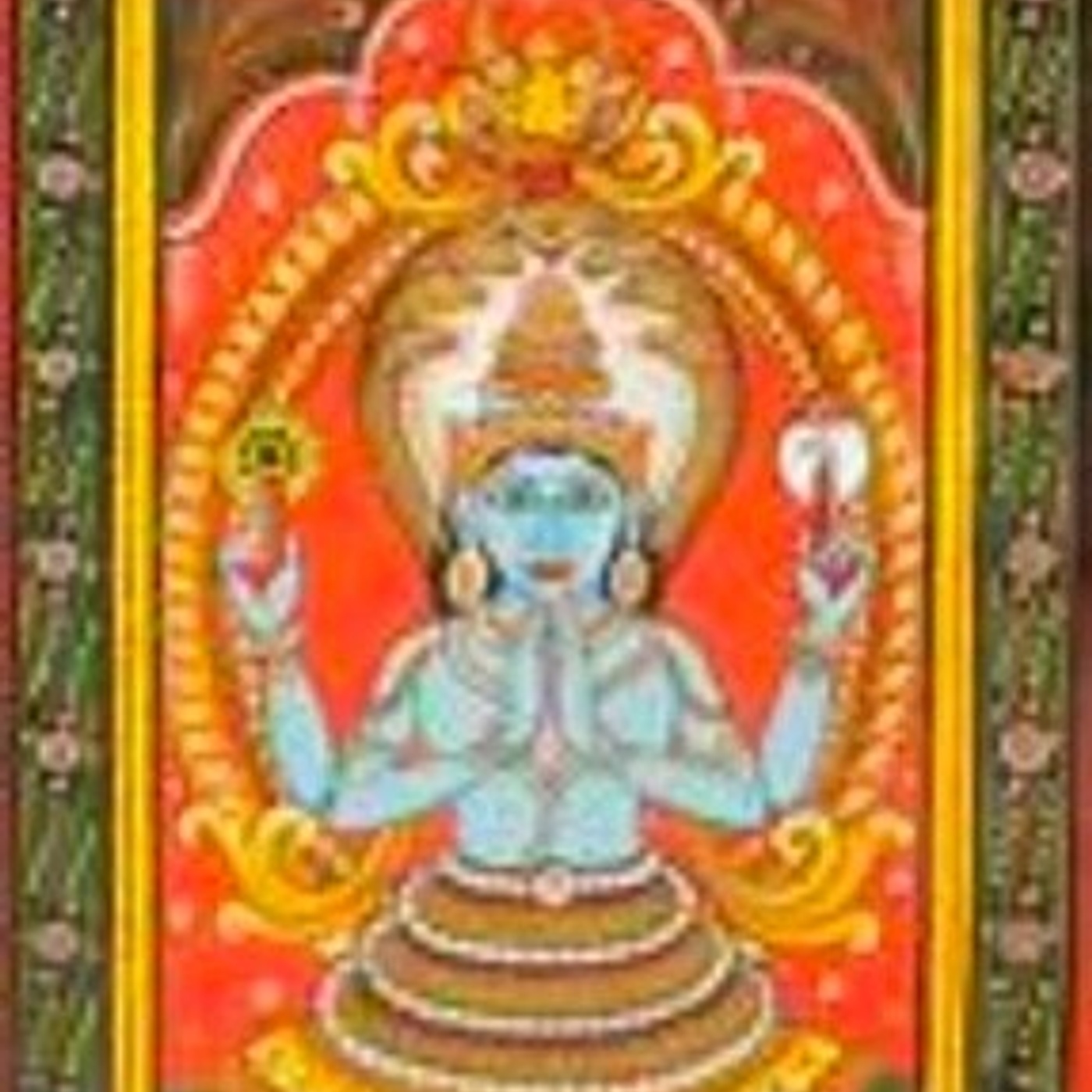
तदभावात्संयोगाभावो हानं तद्दृशेः कैवल्यम्॥२५॥
II.25 Tad abhāvāt saṁyogābhāvo hānaṁ tad dṛśeḥ kaivalyam
With the disappearance of association with false impressions, the power of penetrating awareness remains. This is freedom.
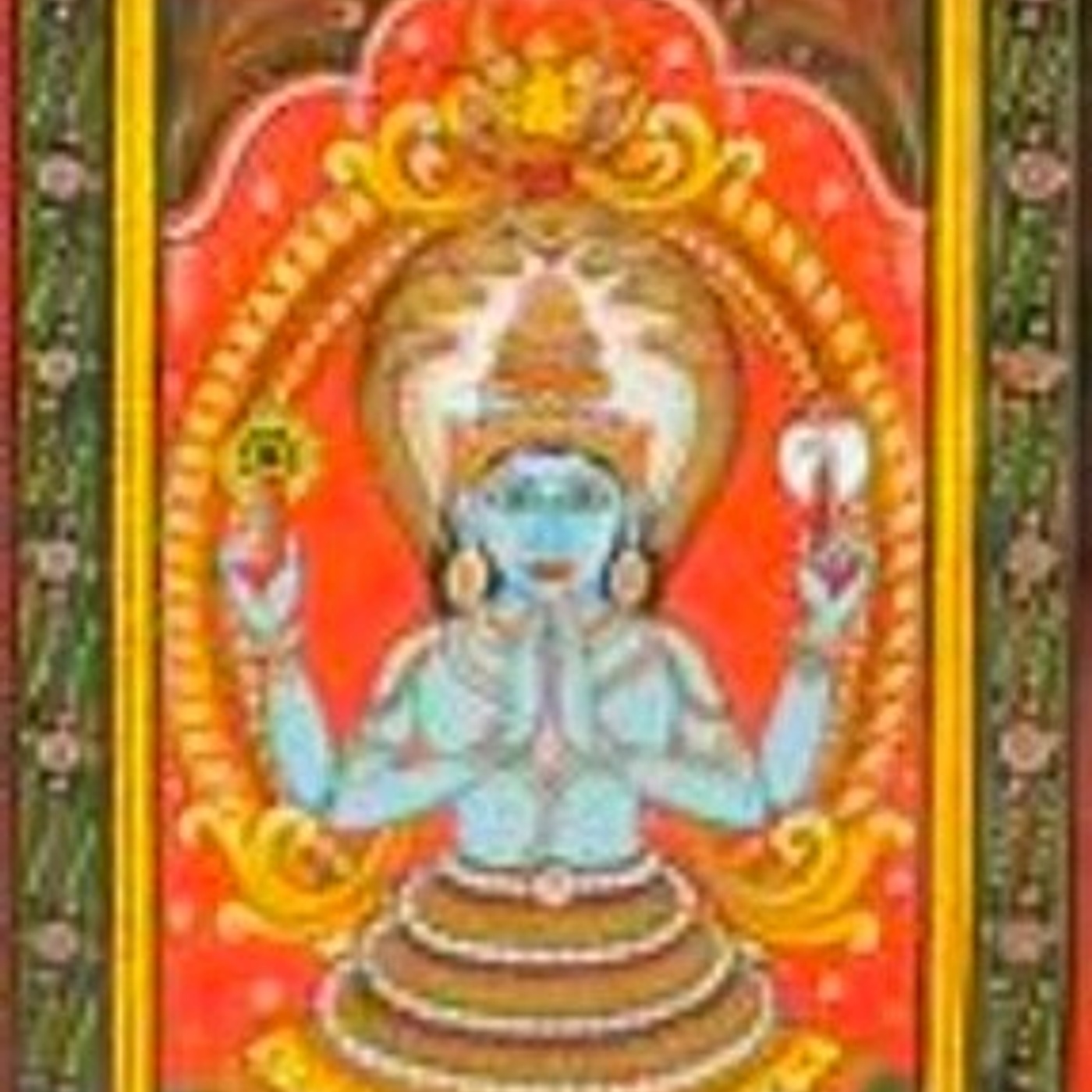
विवेकख्यातिरविप्लवा हानोपायः॥२६॥
II.26 Viveka khyātir aviplavā hānopāyaḥ
Exercising continuous discriminating wisdom is the remedy.
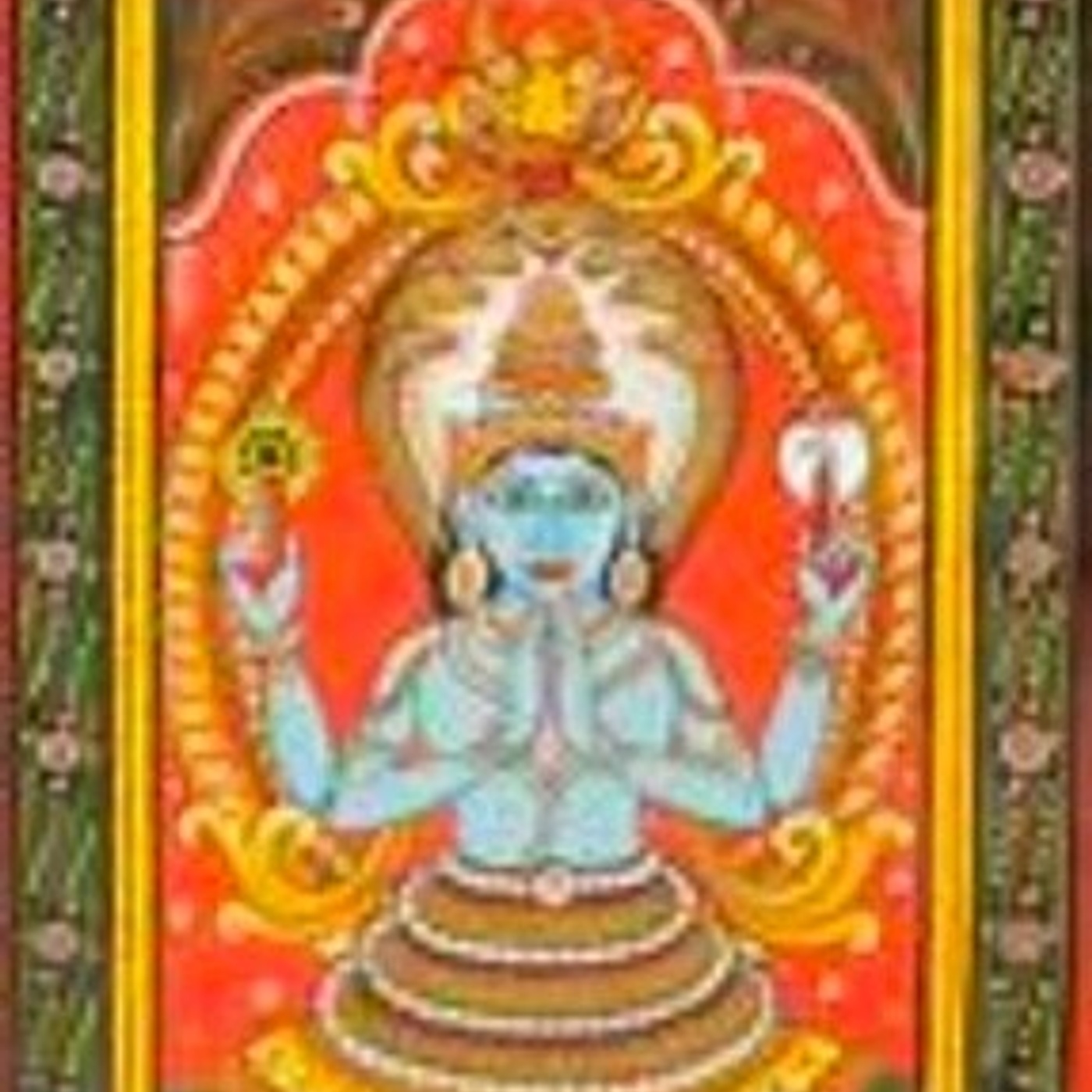
तस्य सप्तधा प्रान्तभूमिः प्रज्ञा॥२७
II.27 Tasya saptadhā prānta bhūmiḥ prajñā
There are the seven stages of great insight that follow.
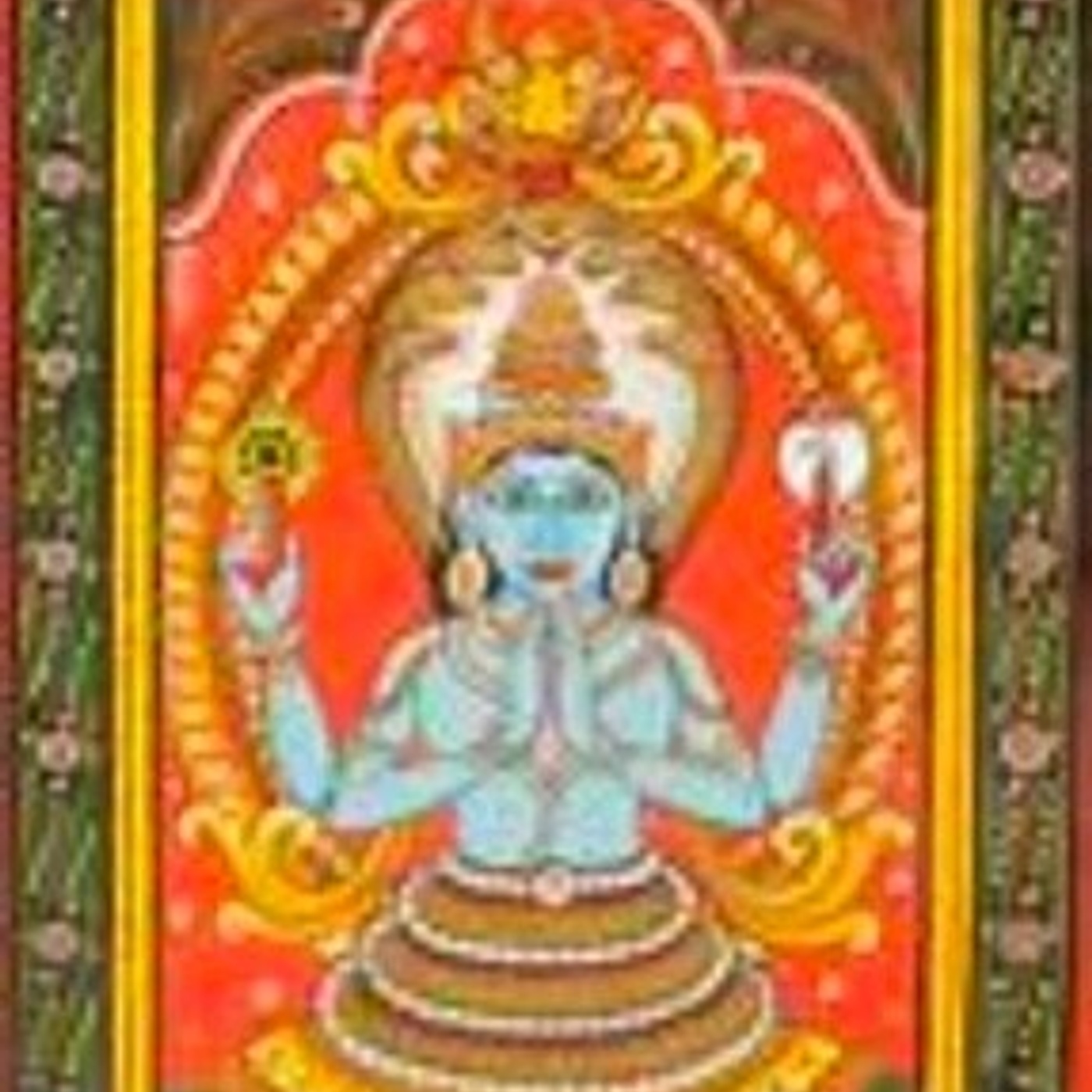
योगाङ्गानुष्ठानादशुद्धिक्षये ज्ञानदीप्तिराविवेकख्यातेः॥२८॥
II.28 Yogāṅgānuṣṭhānād aśuddhi kṣaye jñāna dīptir āviveka khyāteḥ
Embrace of the eight-fold path remove impurities and ignite the light of discriminating wisdom to reveal one's inner radiance.
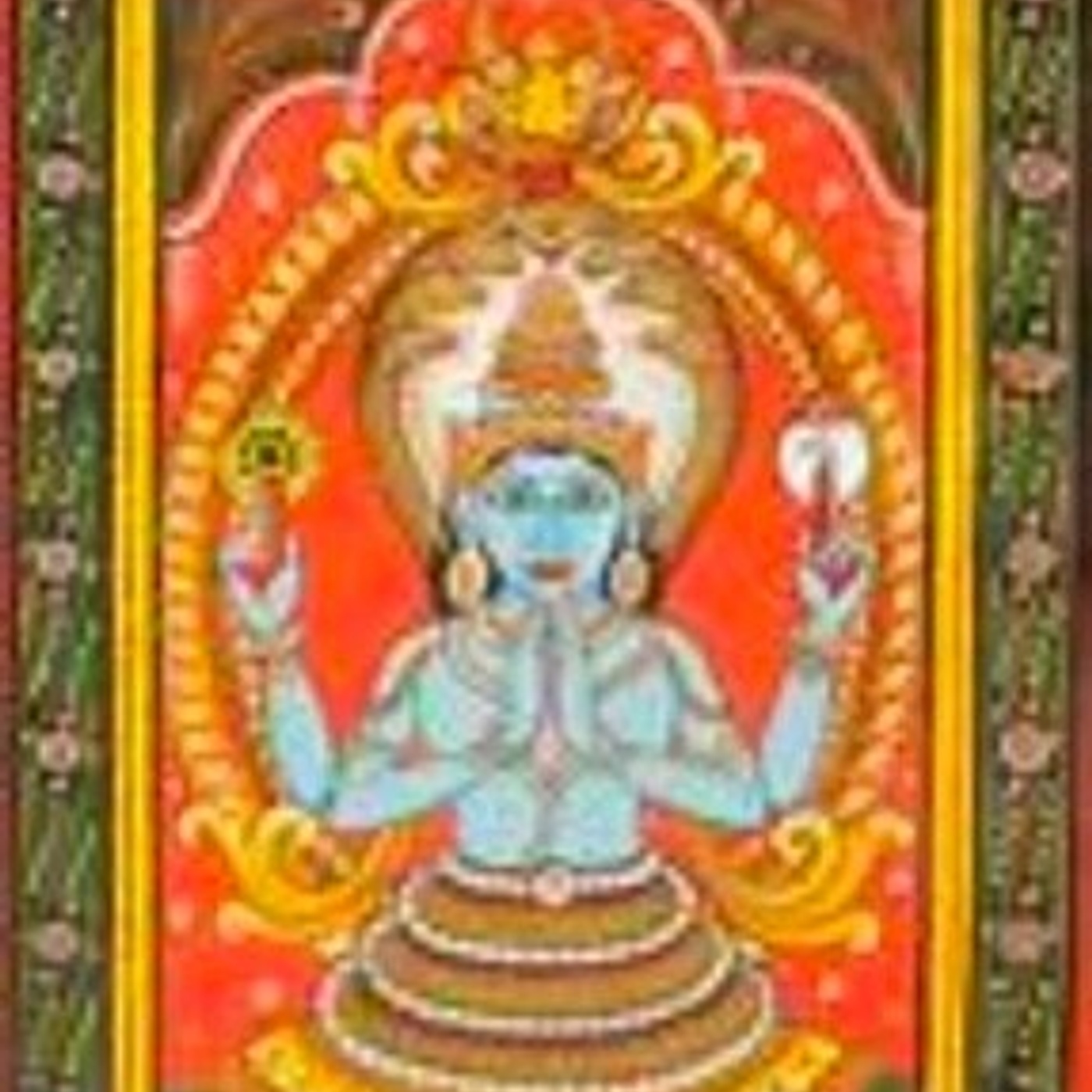
यमनियमासनप्राणायामप्रत्याहारधारणाध्यानसमाधयोऽष्टावङ्गानि॥२९॥
II.29 Yama niyamāsana prāṇāyāma pratyāhāra dhāraṇā dhyāna samādhayo’ṣṭāv aṅgāni
Ethical social conduct, principled personal demeanor, yogik posture, regulation of one’s energy field, withdrawal of projections, concentration, absorption and integrated consciousness, are the eight limbs of Yoga.

अहिंसासत्यास्तेयब्रह्मचर्यापरिग्रहा यमाः॥३०॥
II.30 Ahiṁsā satyāsteya brahmacaryāparigrahā yamāḥ
Compassion for all, honesty, non-exploitation, moderation and generosity are the reflections of our true nature.
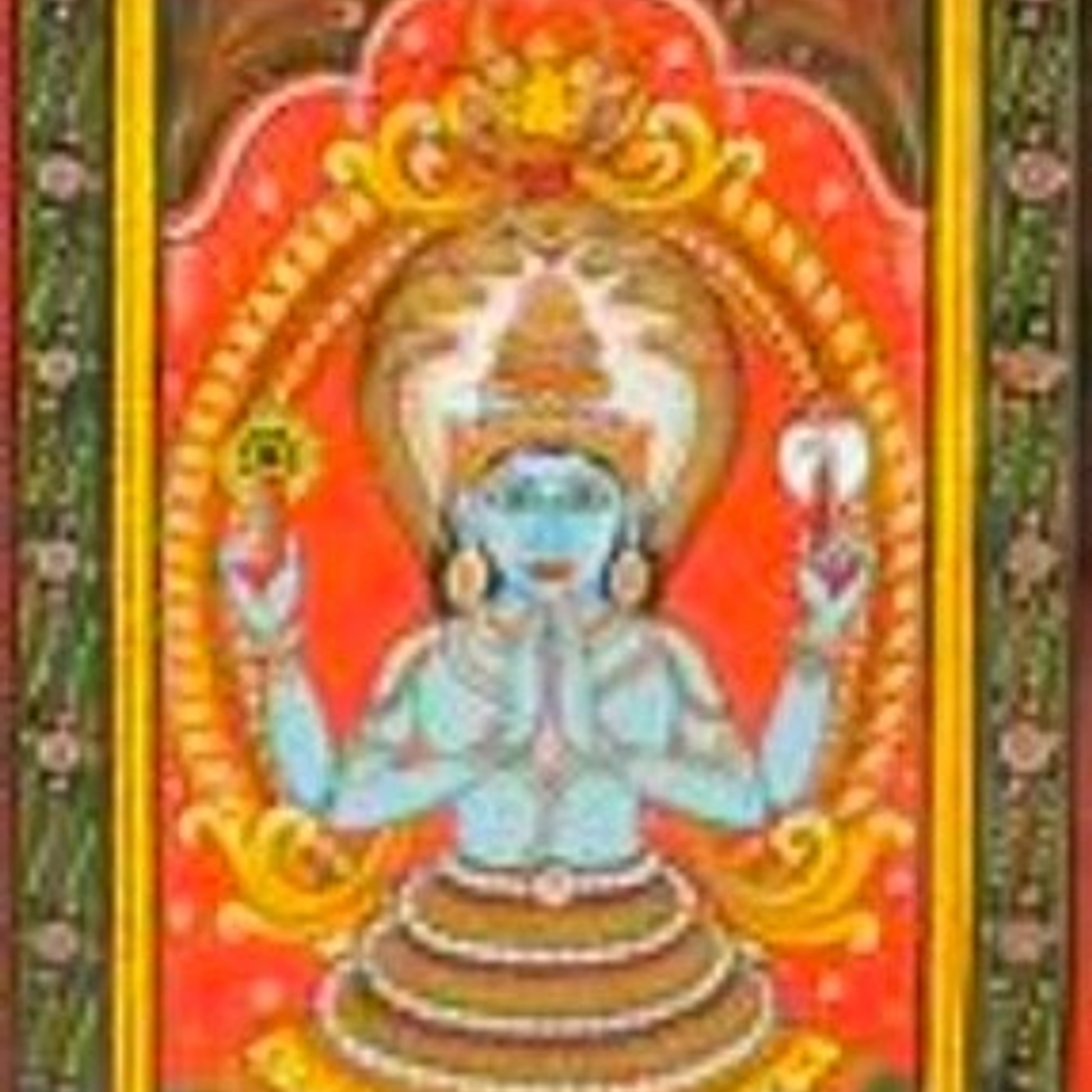
जातिदेशकालसमयानवच्छिन्नाः सार्वभौमा महाव्रतम्॥३१॥
II.31 Jāti deśa kāla samayāna vacchinnāḥ sārva bhaumā mahāvratam
These are the great vows and are universal in their application, regardless of what status, era, place, or circumstance one is born into.
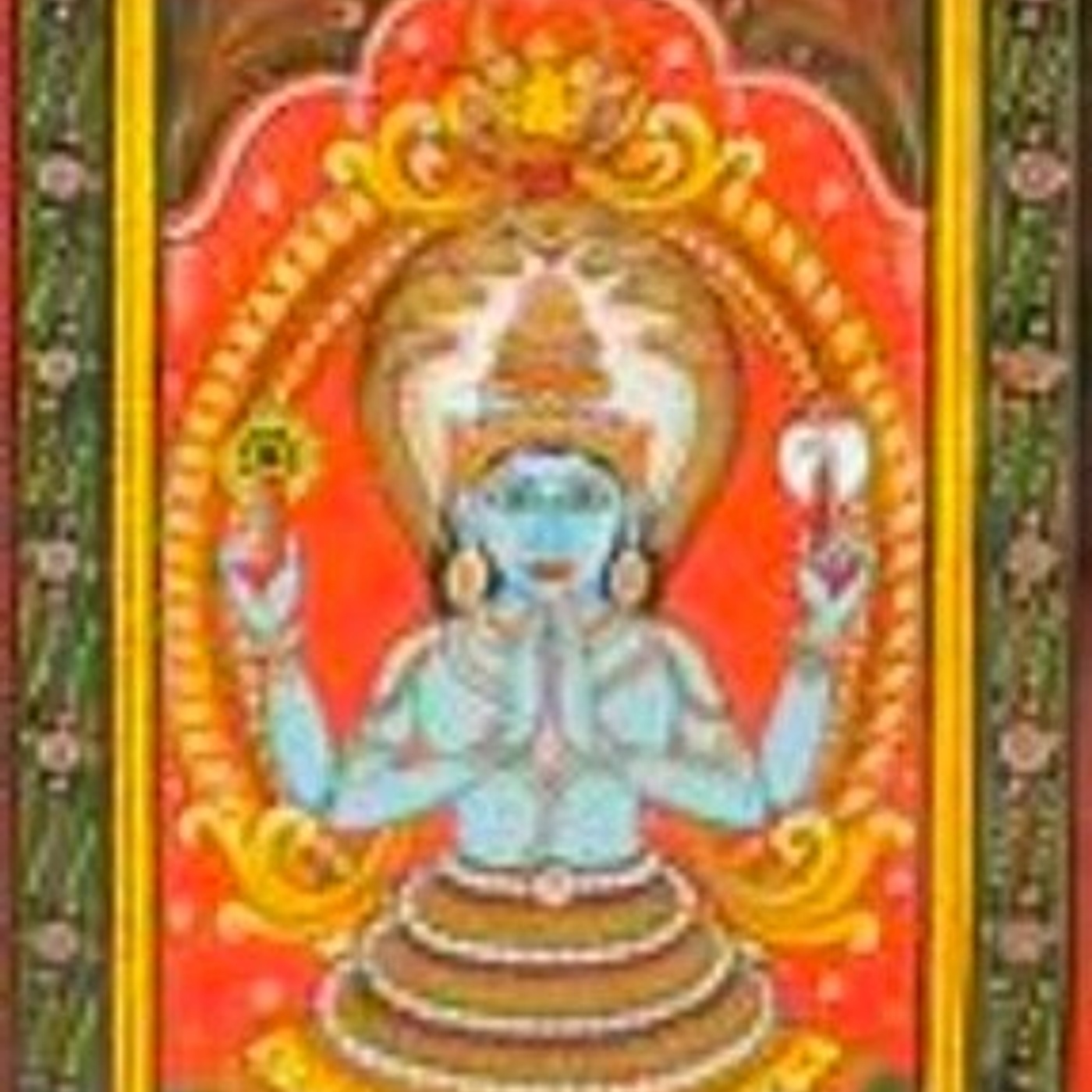
शौचसन्तोषतपःस्वाध्यायेश्वरप्रणिधानानि नियमाः॥३२॥
II.32 Śauca santoṣa tapaḥ svādhyāyeśvarapraṇidhānāni niyamāḥ
Purity, contentment, spiritual passion and fire, self-study, and devotion to the One among the many, are the personal observances.
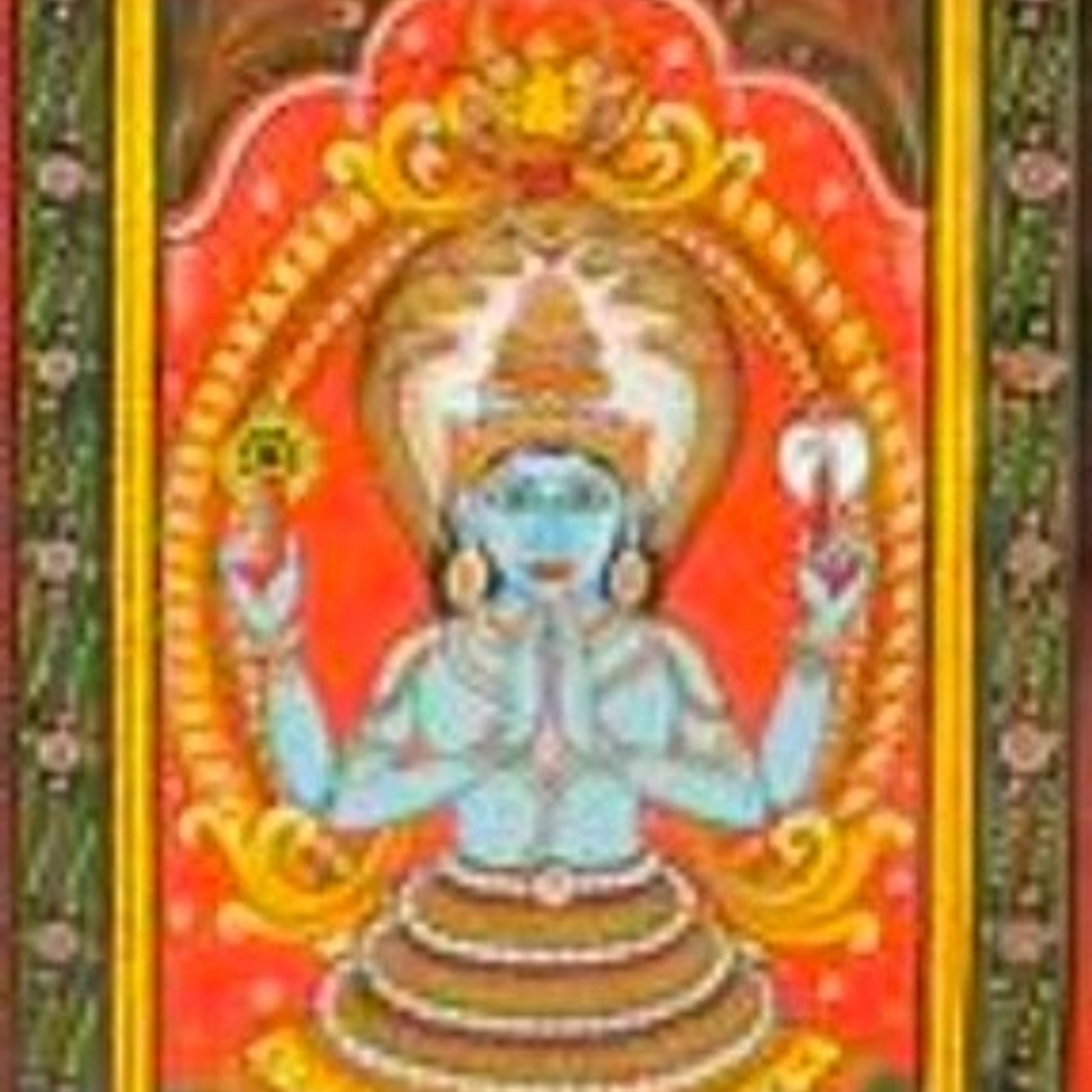
वितर्कबाधने प्रतिपक्षभावनम्॥३३
II.33 Vitarkabādhane pratipakṣabhāvanam
Neutralize maladaptive tendencies through the cultivation of their positive counterparts in attitude and action.
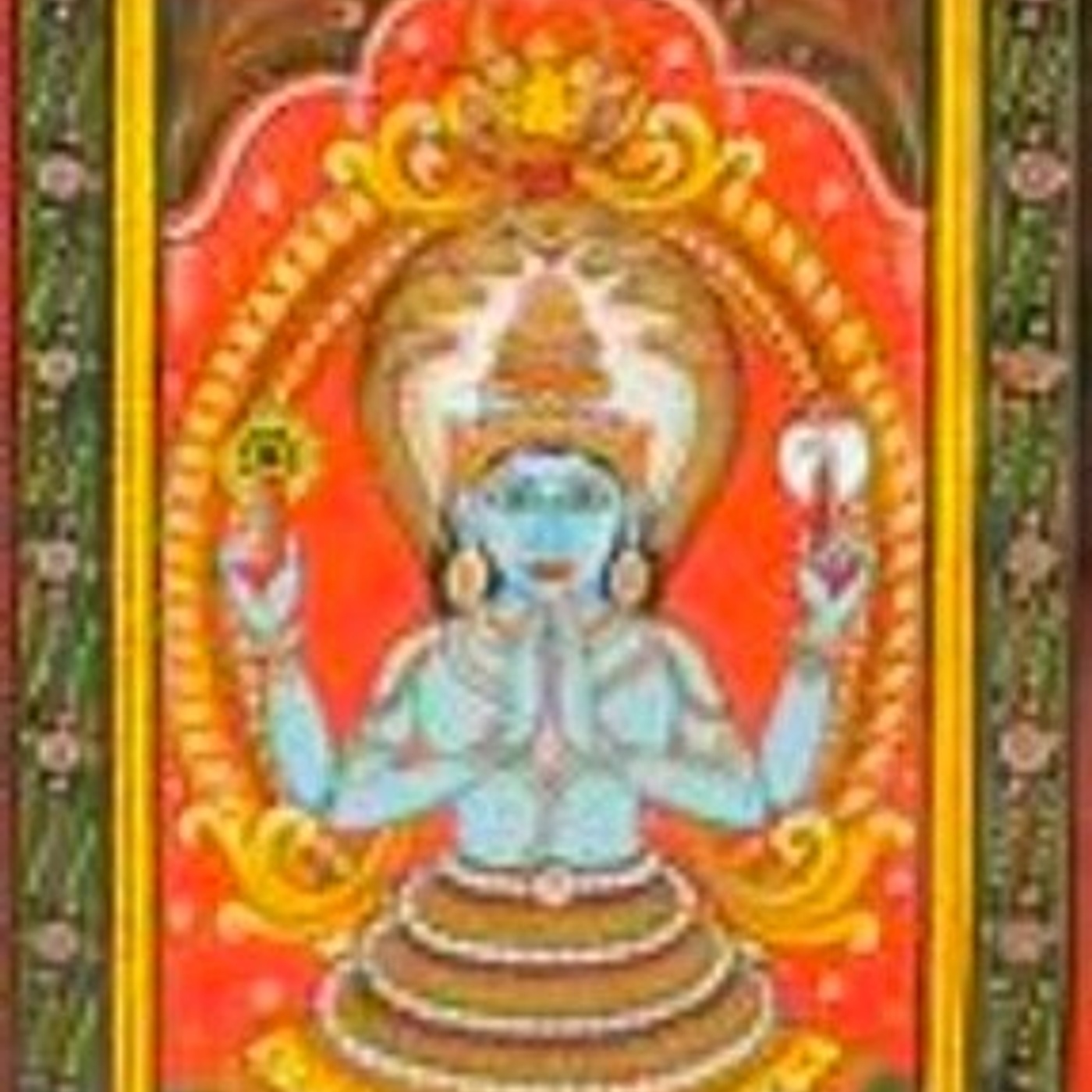
वितर्का हिंसादयः कृतकारितानुमोदिता लोभक्रोधमोहपूर्वका मृदुमध्याधिमात्रा दुःखाज्ञानानन्तफला इति प्रतिपक्षभावनम्॥३४॥
II.34 Vitarkā hiṁsādayaḥ kṛtakāritānumoditā lobha krodha moha pūrvakā mṛdu madhyādhimātrā duḥkhājñānānanta phalā iti pratipakṣa bhāvanam
For the one who is aligned with ahimsā, they stimulate friendliness in others through the practice of nonviolence, and all hostilities are abandoned in the presence of such a being.

अहिंसाप्रतिष्ठायां तत्सन्निधौ वैरत्यागः॥३५॥
II.35 Ahiṁsā pratiṣṭhāyāṁ tat sannidhau vaira tyāgaḥ
For the one who is aligned with loving kindness, they stimulate friendliness in others through the practice of nonviolence, and all hostilities are abandoned in the presence of such a being.
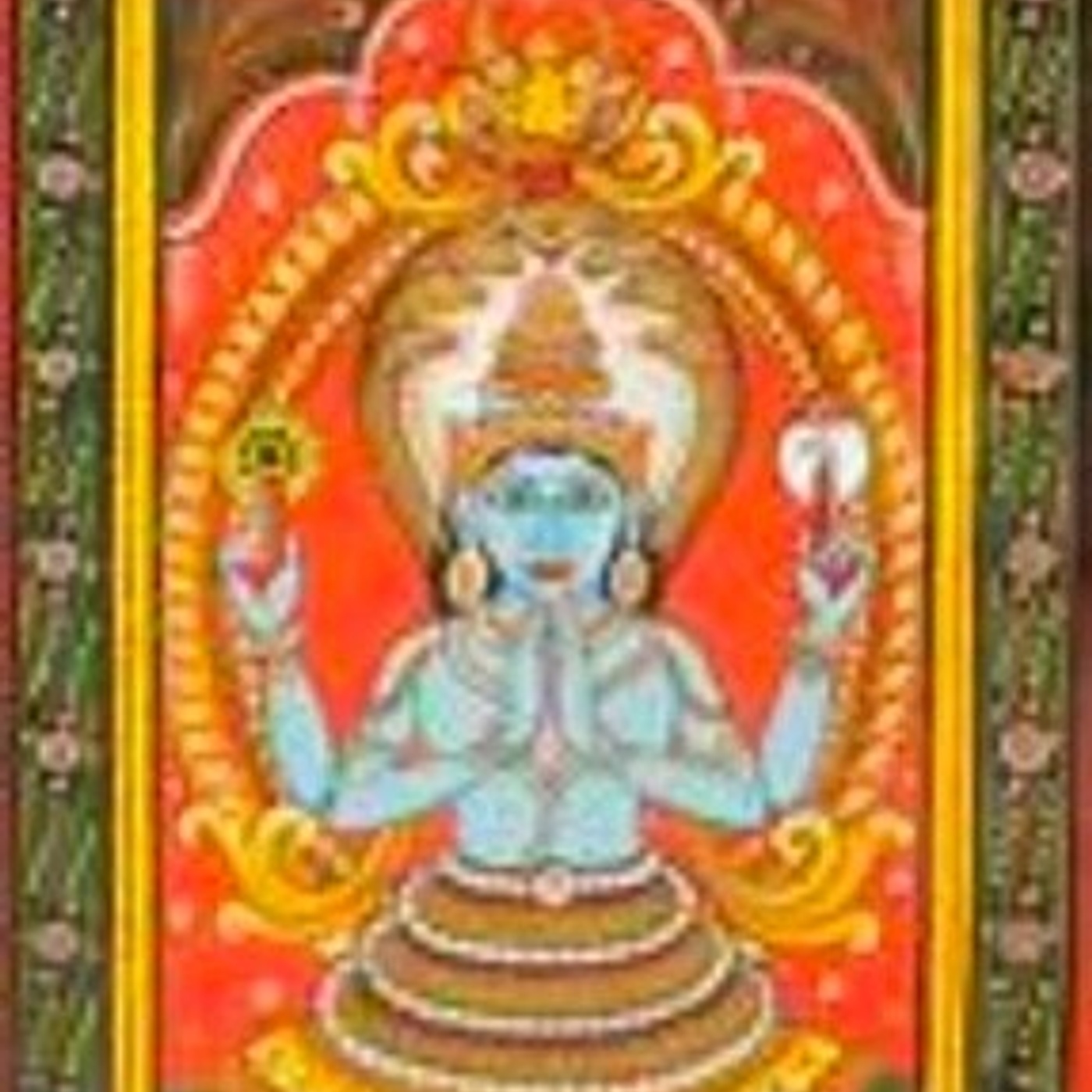
सत्यप्रतिष्ठायां क्रियाफलाश्रयत्वम्॥३६॥
II.36 Satya pratiṣṭhāyāṁ kriyā phalāśrayatvam
In being firmly established in truth and honesty, one's word manifests as a benediction and a healing.
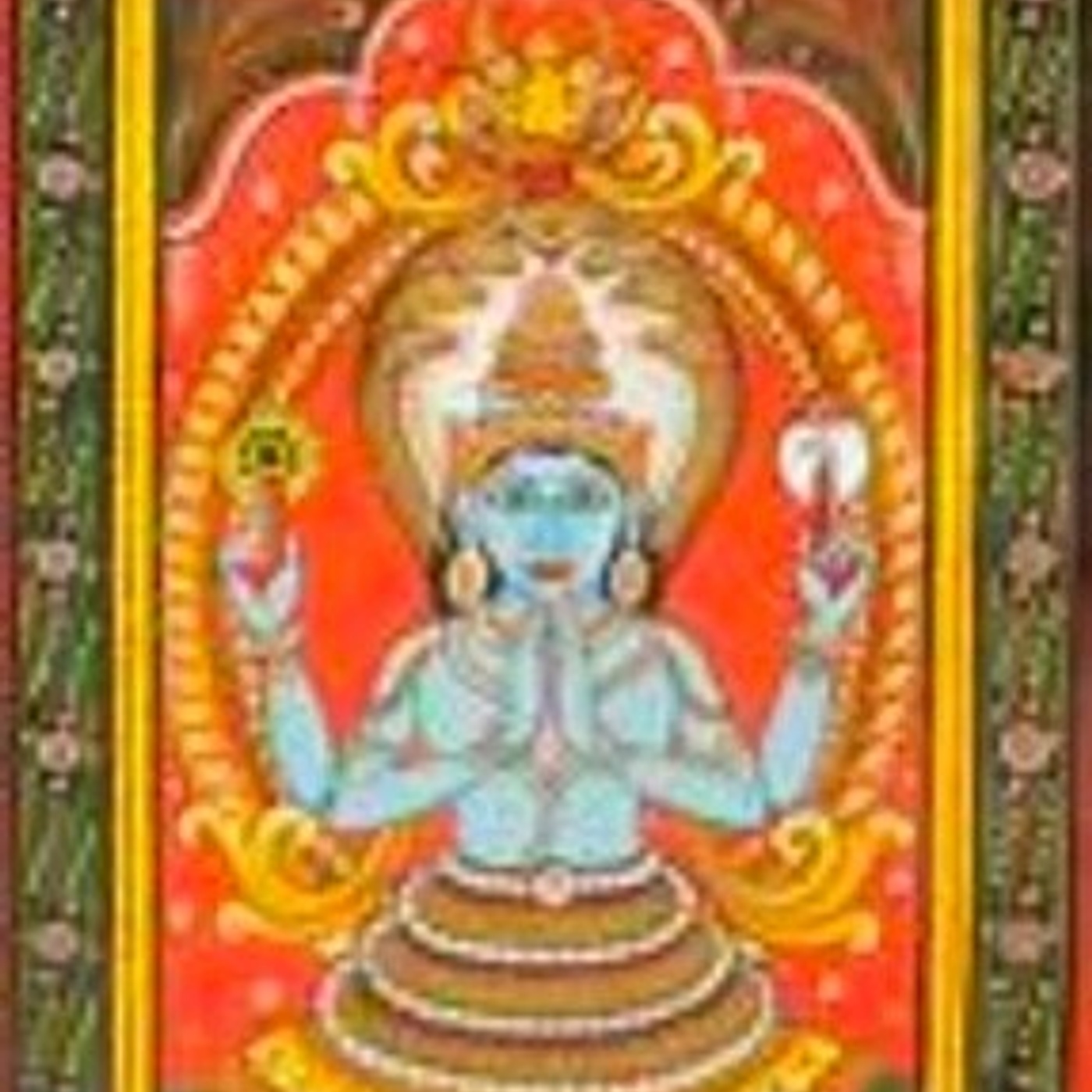
अस्तेयप्रतिष्ठायां सर्वरत्नोपस्थानम्॥३७॥
II.37 Asteya pratiṣṭhāyāṁ sarva ratno pasthānam
On being firmly established in generosity, abundance and prosperity manifests.
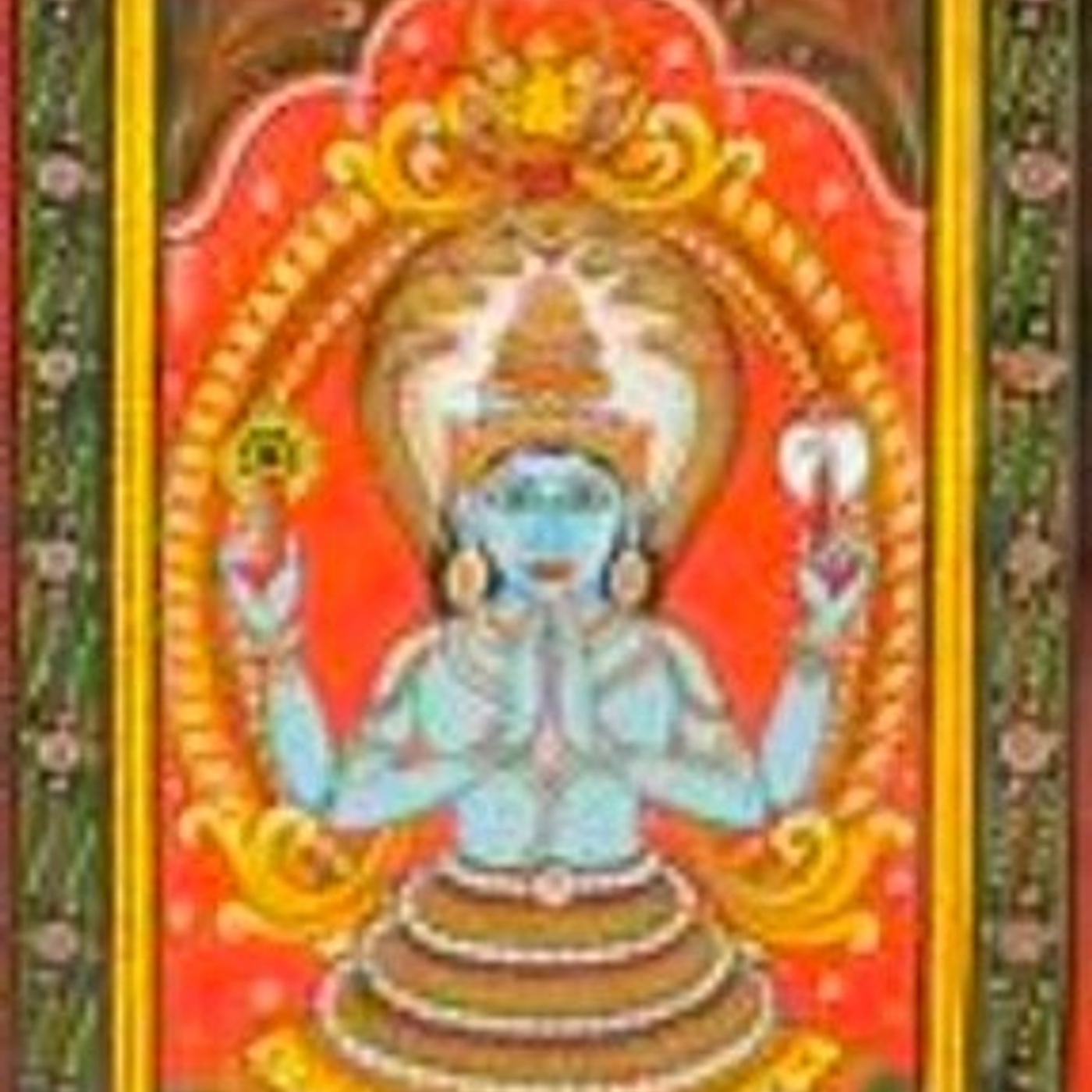
ब्रह्मचर्यप्रतिष्ठायां वीर्यलाभः॥३७॥
II.38 Brahmacarya pratiṣṭhāyāṁ vīrya lābhaḥ
Being established in moderation, the yogī has unparalleled physical-mental-spiritual energy and resilience, along with potent fortitude and luster.

अपरिग्रहस्थैर्ये जन्मकथन्तासम्बोधः॥३९॥
II.39 Aparigrahasthairye janmakathantāsambodhaḥ
Knowledge of the beginning and end of all past and present being comes through the continued correct practice of not holding on to things.

ब्रह्मचर्यप्रतिष्ठायां वीर्यलाभः॥३७॥
II.40 Śaucāt svāṅga jugupsā parair asaṁsargaḥ
Cleanliness of the mind-body complex reduces the identification with one’s own form and reorientation towards the Divine, and away from the coarse physical world.
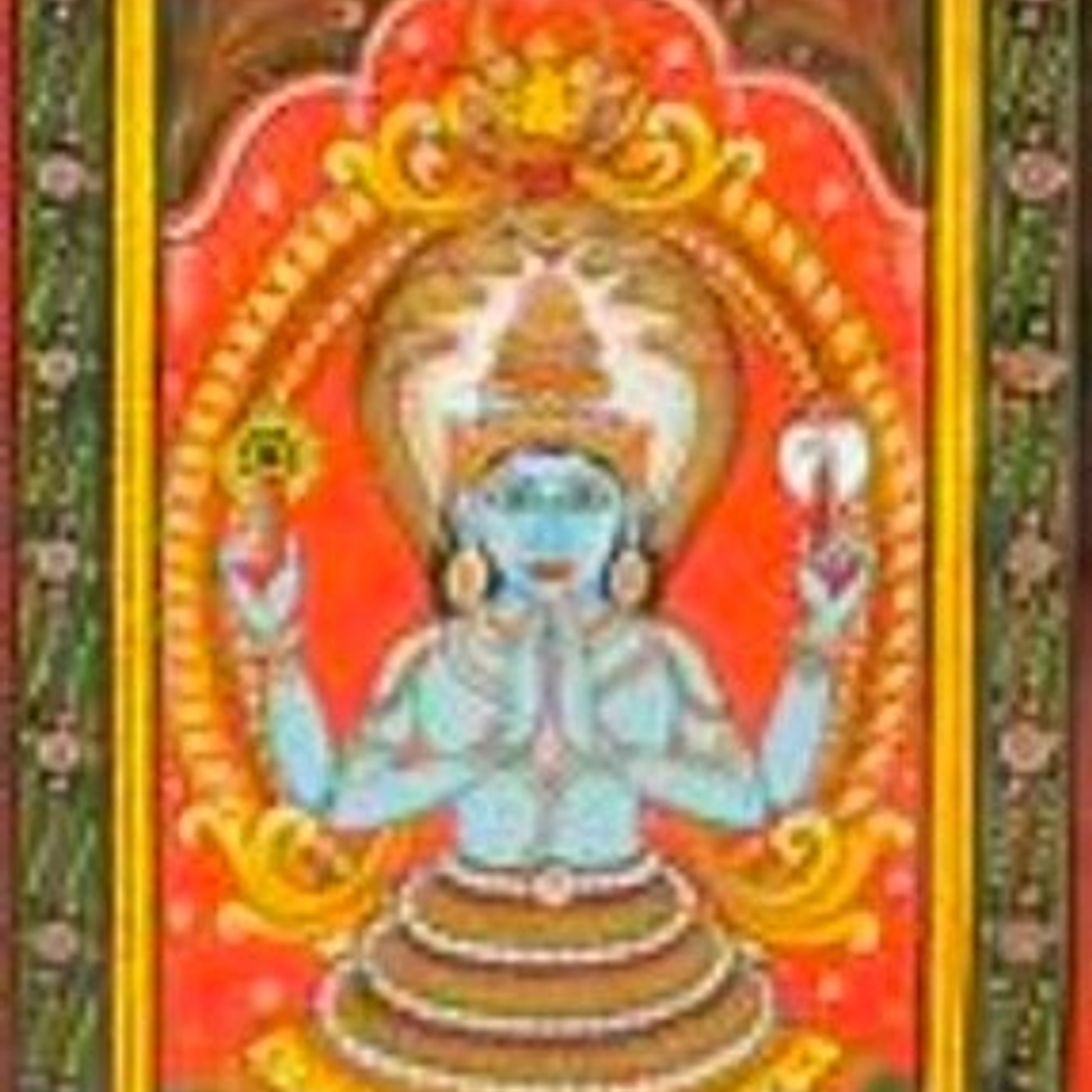
सत्त्वशुद्धिसौमनस्यैकाग्र्येन्द्रियजयात्मदर्शनयोग्यत्वानि च॥४१॥
II.41 Sattva śuddhi saumanasyaikāgryendriya jayātma darśana yogyatvāni ca
What follows cleanliness is pure clarity, serenity, focused senses, making one fit for communion with the innermost Self.
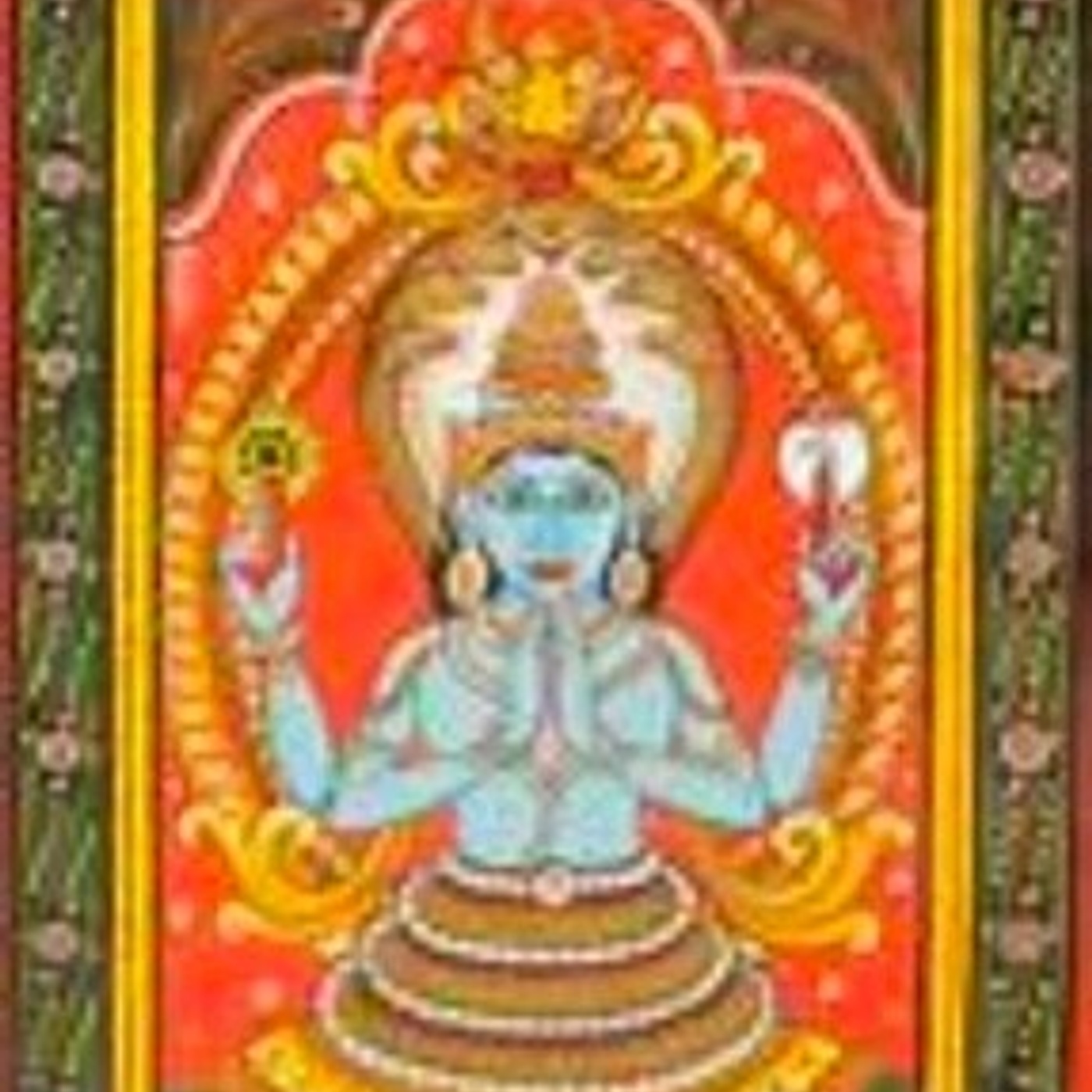
सन्तोषादनुत्तमः सुखलाभः॥४२॥
II.42 Santoṣādanuttamaḥ sukhalābhaḥ
When contentment is actively cultivated, it is an unparalleled sweetness of being.
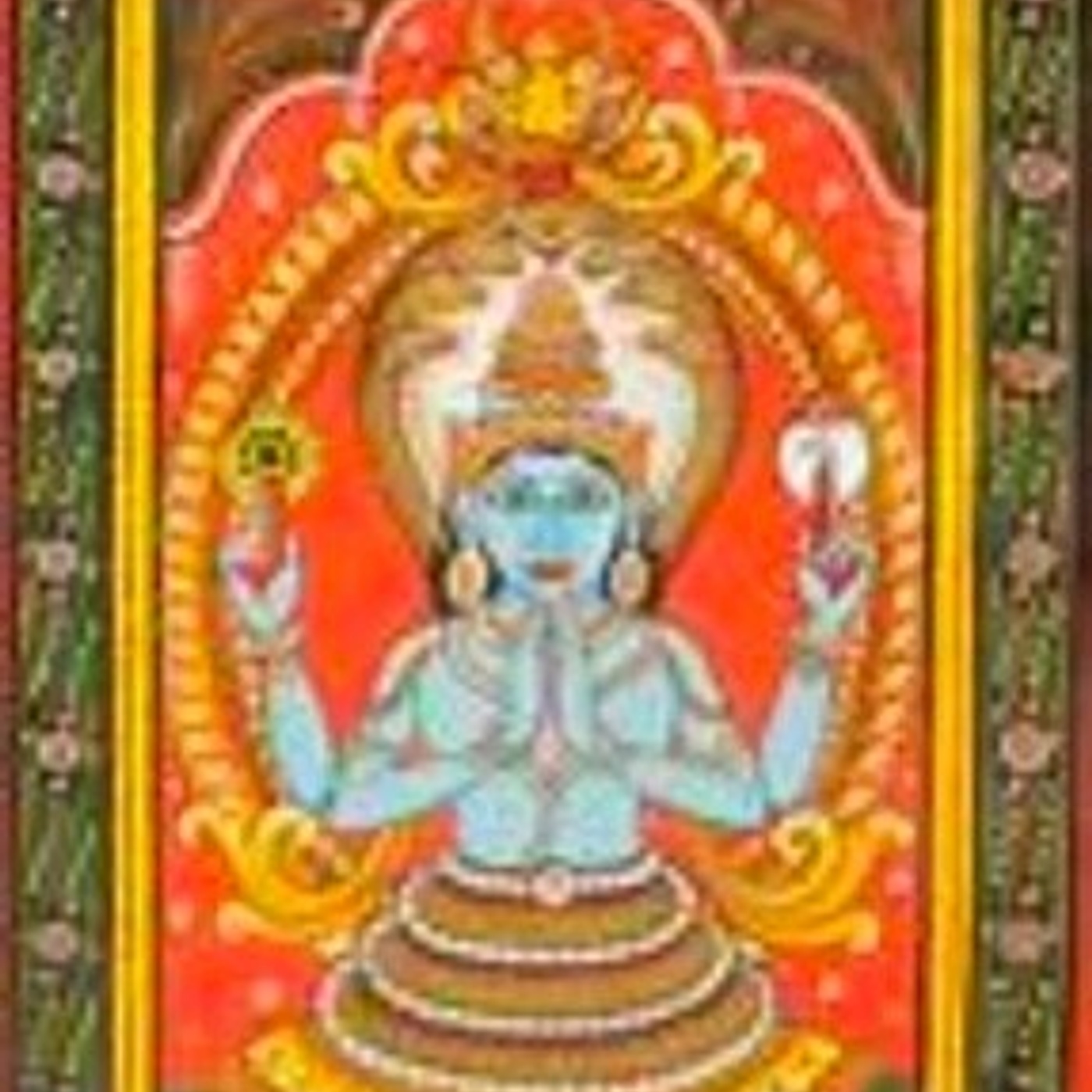
कायेन्द्रियसिद्धिरशुद्धिक्षयात्तपसः॥४३॥
II:43 Kāyendriya siddhir ashuddhi kṣayāt tapasaḥ
Through the transformative fire of psycho-spiritual practice, one’s burning desire to experience authenticity removes impurities to recover one’s sanity, wholeness and health.
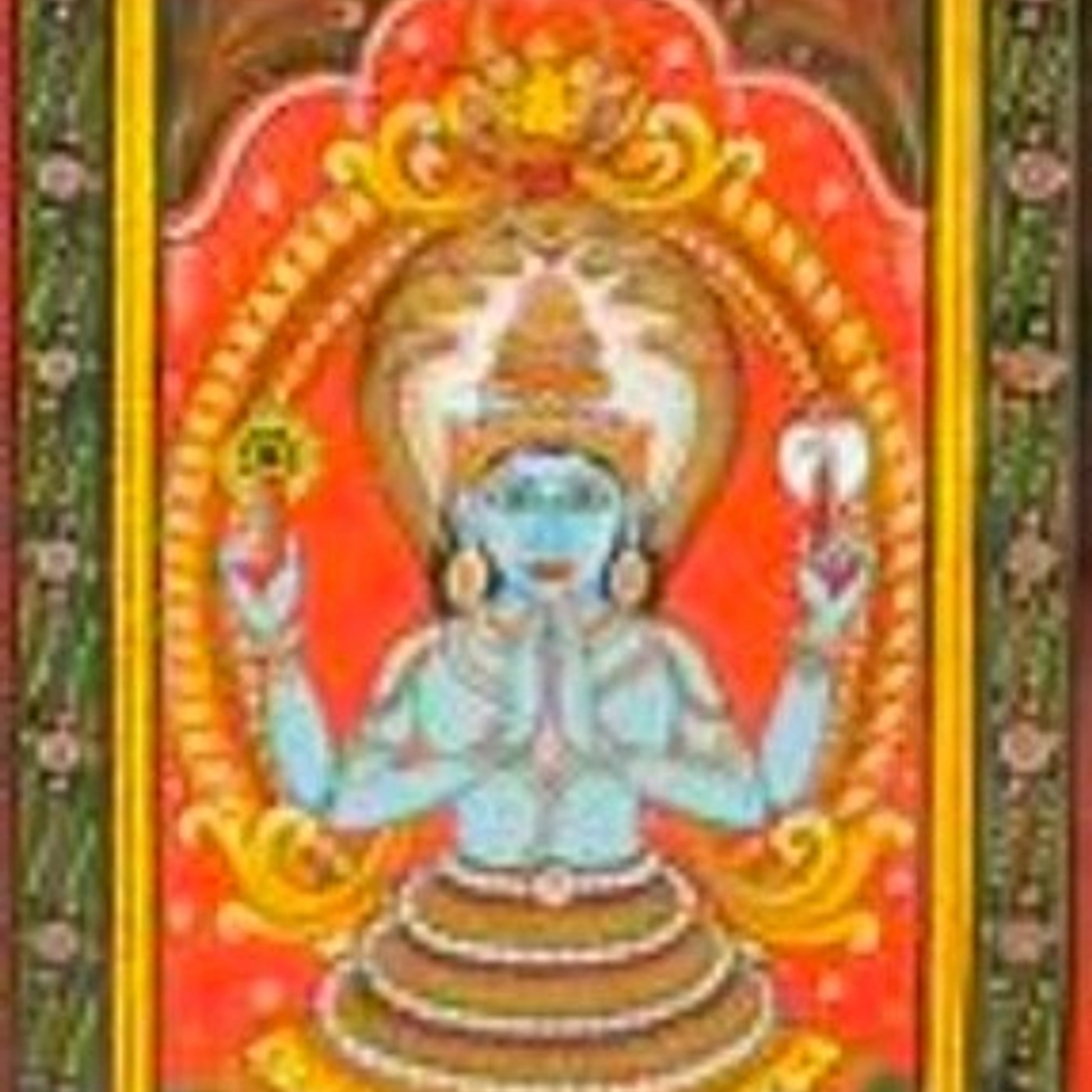
स्वाध्यायादिष्टदेवतासम्प्रयोगः॥४४॥
II.44 Svādhyāyād iṣṭadevatā samprayogaḥ
Self-erudition developed to the highest degree brings about communion with Divine forces and discloses knowledge of one’s true self as sacred in nature.
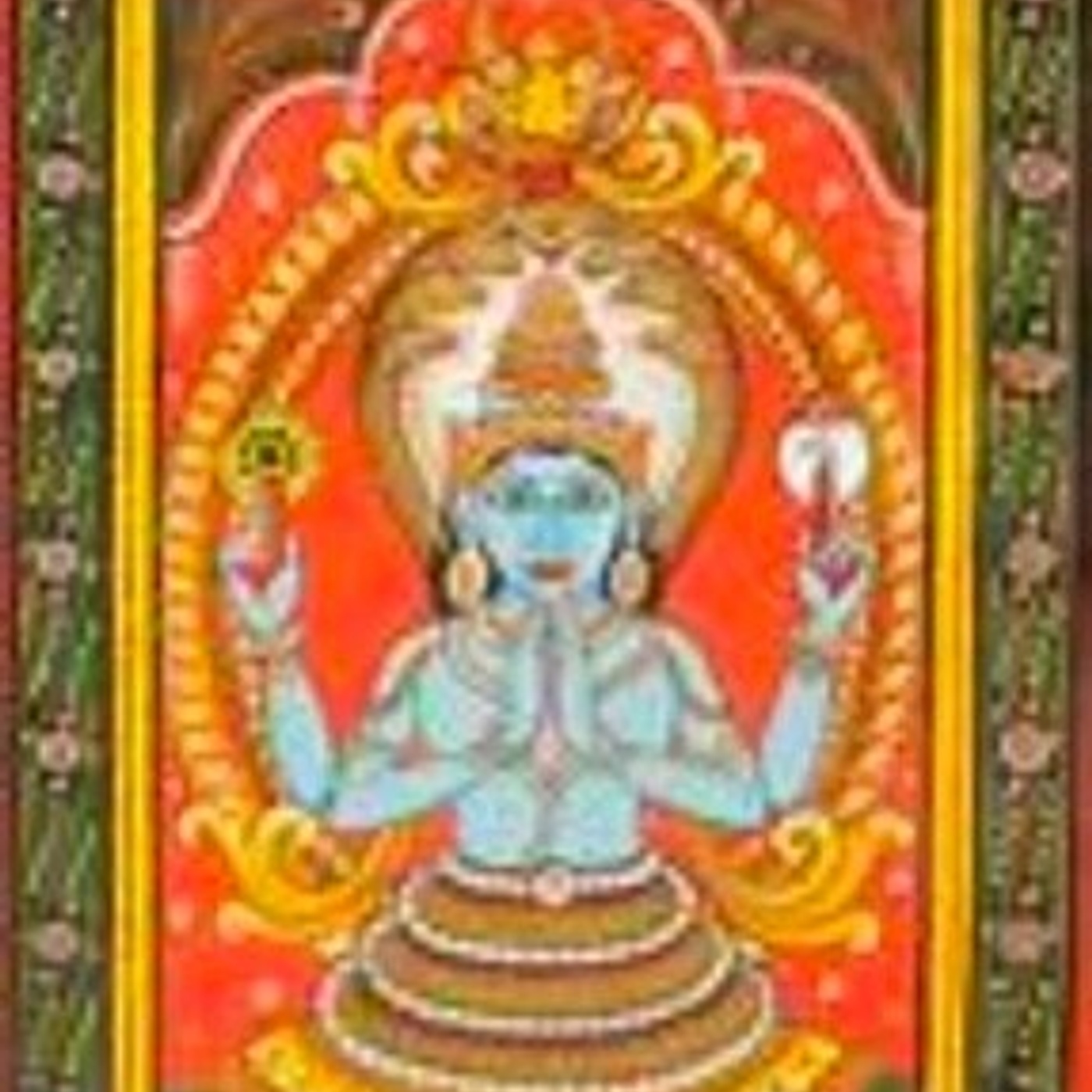
समाधिसिद्धिरीश्वरप्रणिधानात्॥४५
II.45 Samādhi siddhir īśvarapraṇidhānāt
Cosmic consciousness is to let go of identity with the ego-sense into devotion to the greater reality of Creative Source.
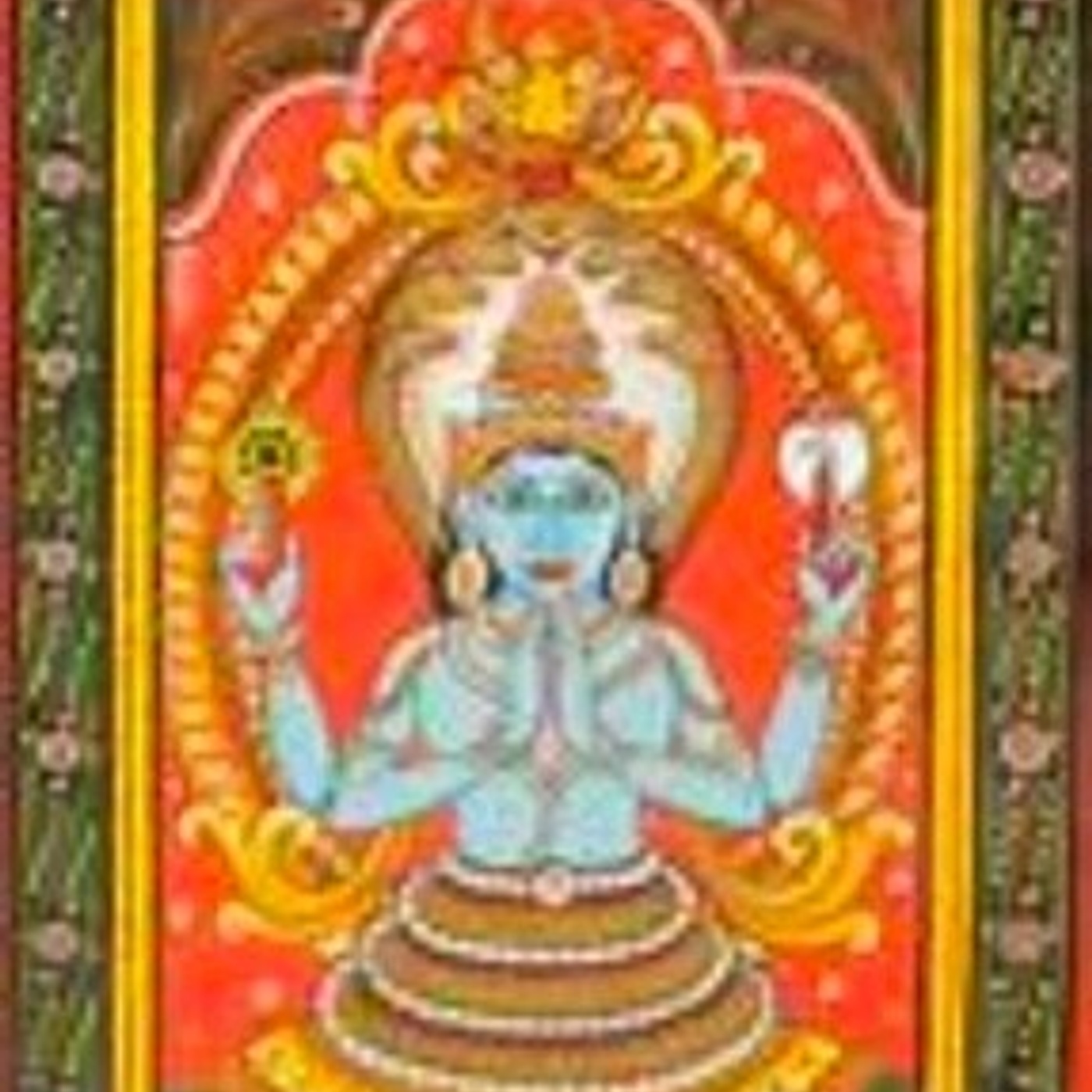
स्थिरसुखमासनम्॥४६॥
II.46 Sthira sukham āsanam
Posture is to be cultivated with the two qualities of stability and ease, supported by breath in communion with the eternal cosmic vibration.
प्रयत्नशैथिल्यानन्तसमापत्तिभ्याम्॥४७॥
II.47 Prayatna śaithilyānanta samāpatti bhyām
Slacken the tension born of your effort, and fuse yourself with the current of life force. Reconcile yourself with the realization it is an endless process.
Trust, relax, redouble your efforts, and keep going!
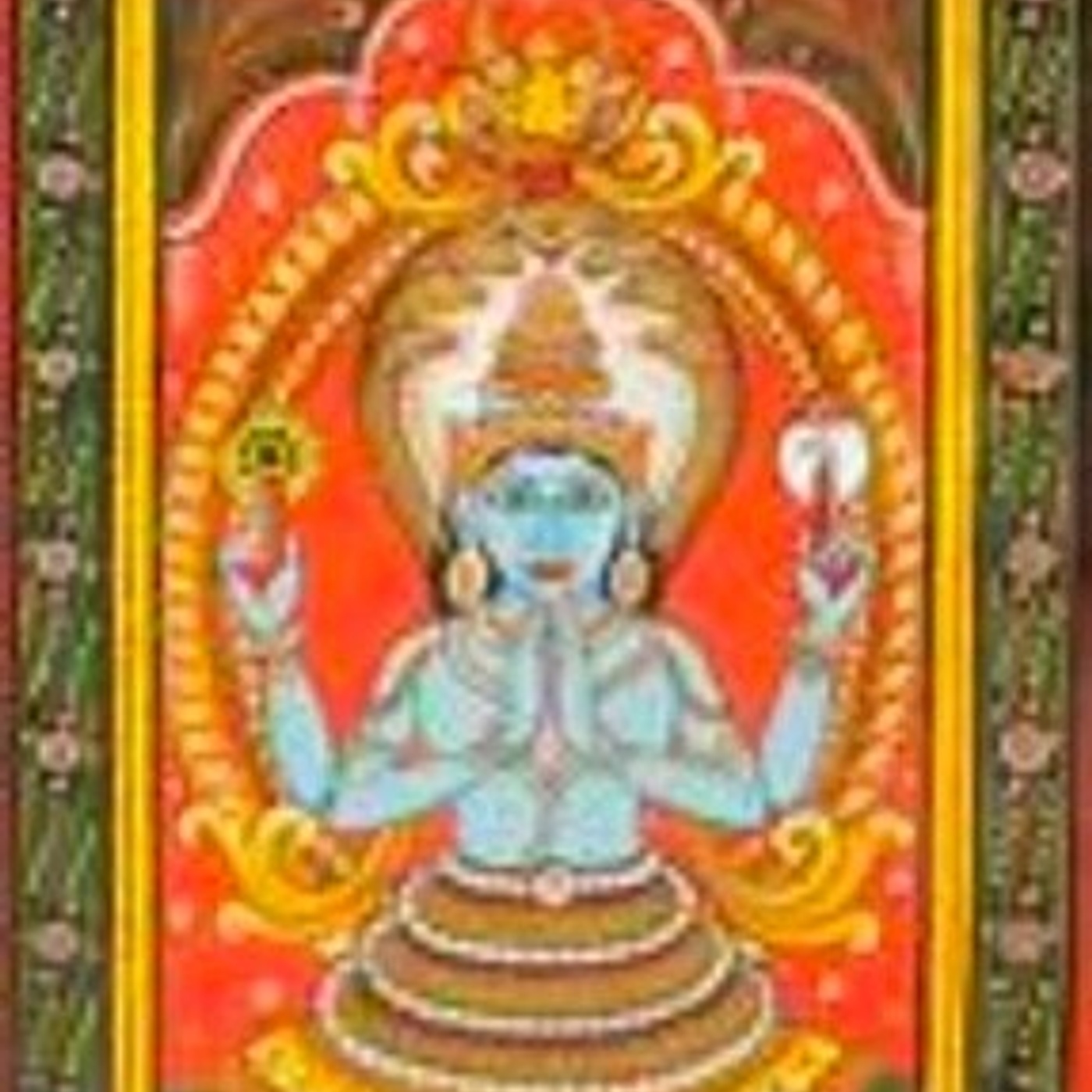
ततो द्वन्द्वानभिघातः॥४८॥
II.48 Tato dvandvānabhighātaḥ
Then the yogī is no longer distorted by the pull of opposites nor troubled by dualities of sense-experience.
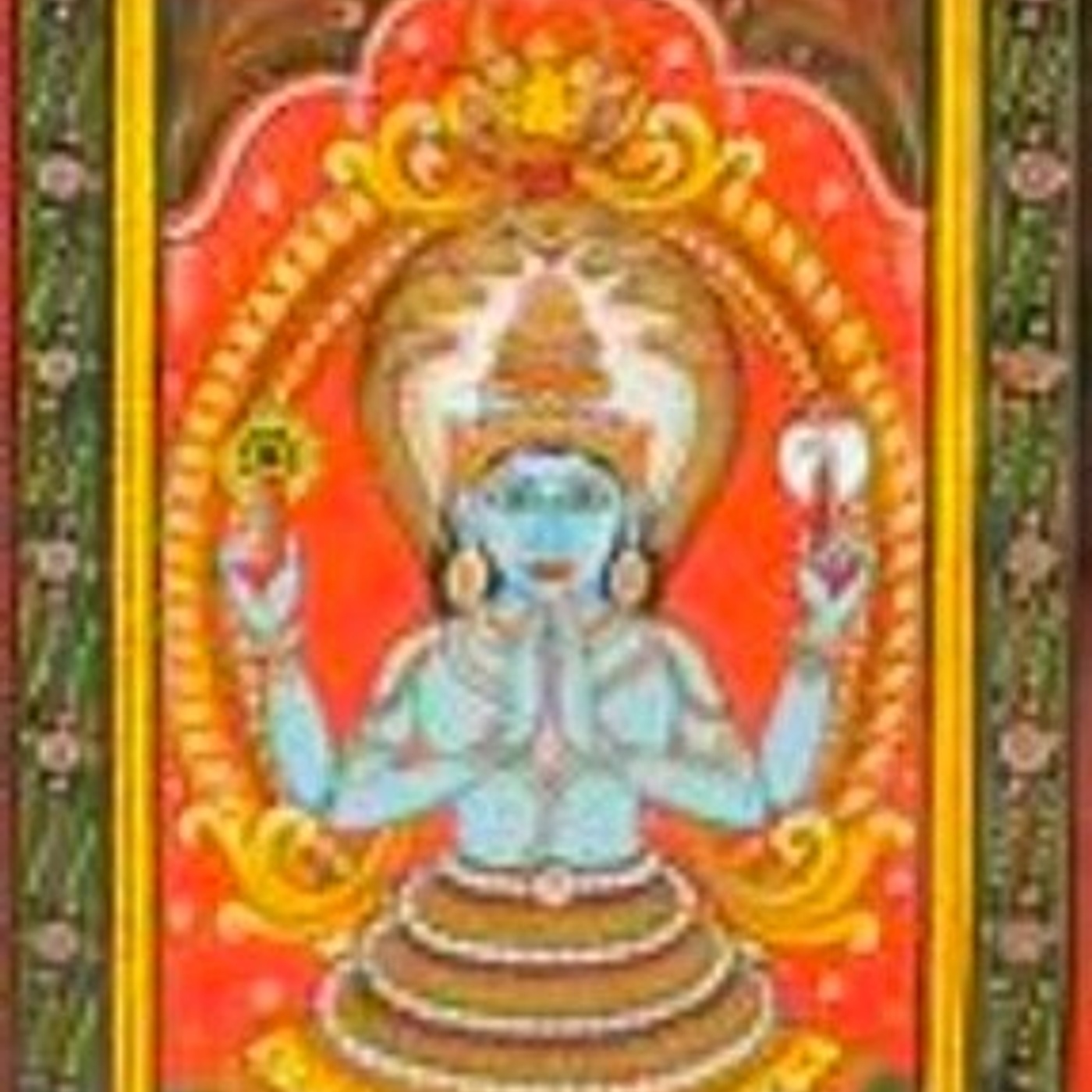
तस्मिन्सति श्वासप्रश्वासयोर्गतिविच्छेदः प्राणायामः॥४९॥
II.49 Tasmin sati śvāsa praśvāsa yorgati vicchedaḥ prāṇāyāmaḥ
Upon the steady and relaxed posture being perfected, the conscious deliberate nurturing of breath replaces unconscious patterns of breathing, and culminates in prānāyāma that burns Karma.
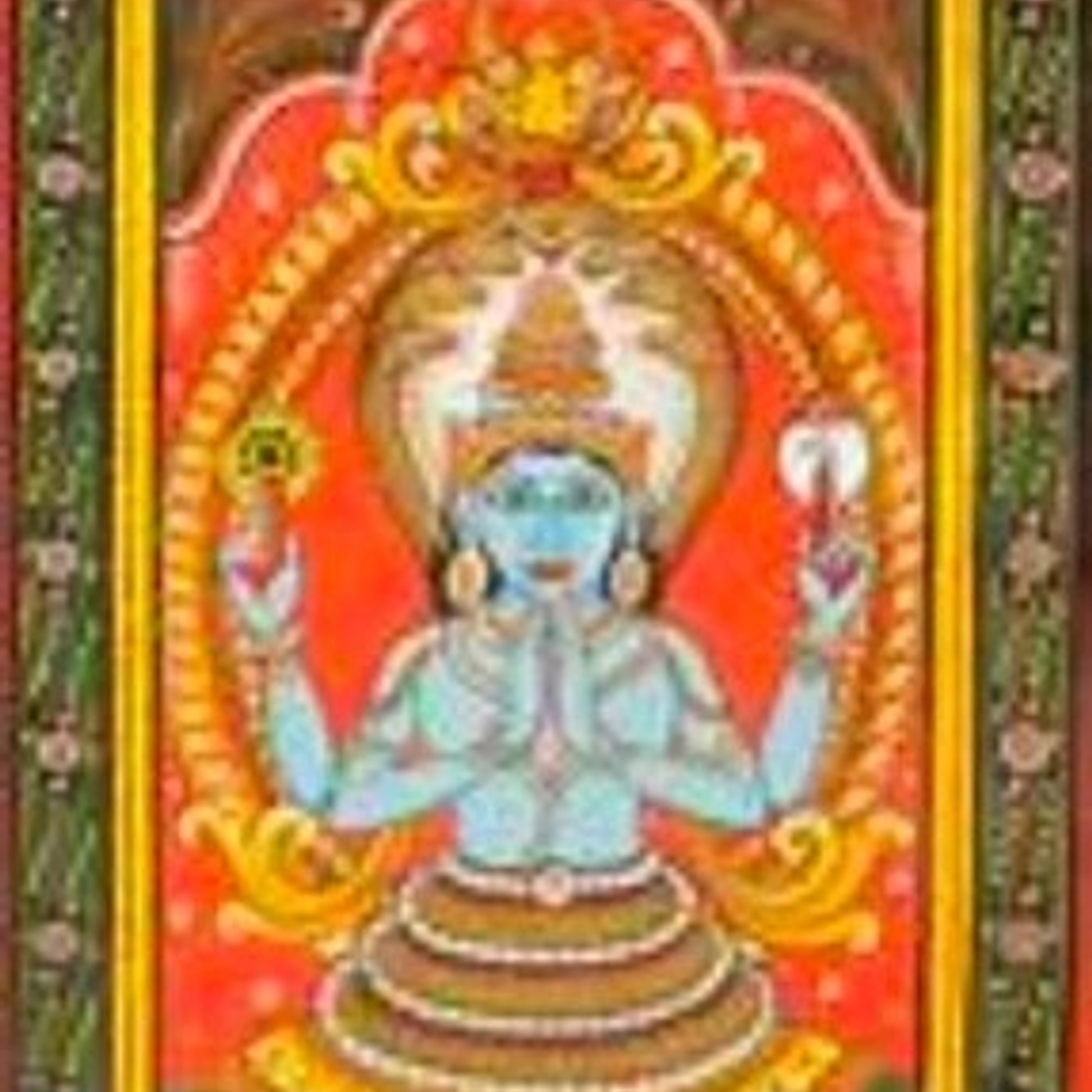
वाह्याभ्यन्तरस्तम्भवृत्तिः देशकालसङ्ख्याभिः परिदृष्टो दीर्घसूक्ष्मः॥५०॥
II.50 Vāhyābhyantara stambha vṛttir deśa kāla saṅkhyābhiḥ paridṛṣṭo dīrgha sūkṣmaḥ
By means of the regulation of time, placement, length and subtlety of one’s inhalation, exhalation, retention and the pauses in between, one learns to direct and influence what is usually in the realm of involuntary experience.
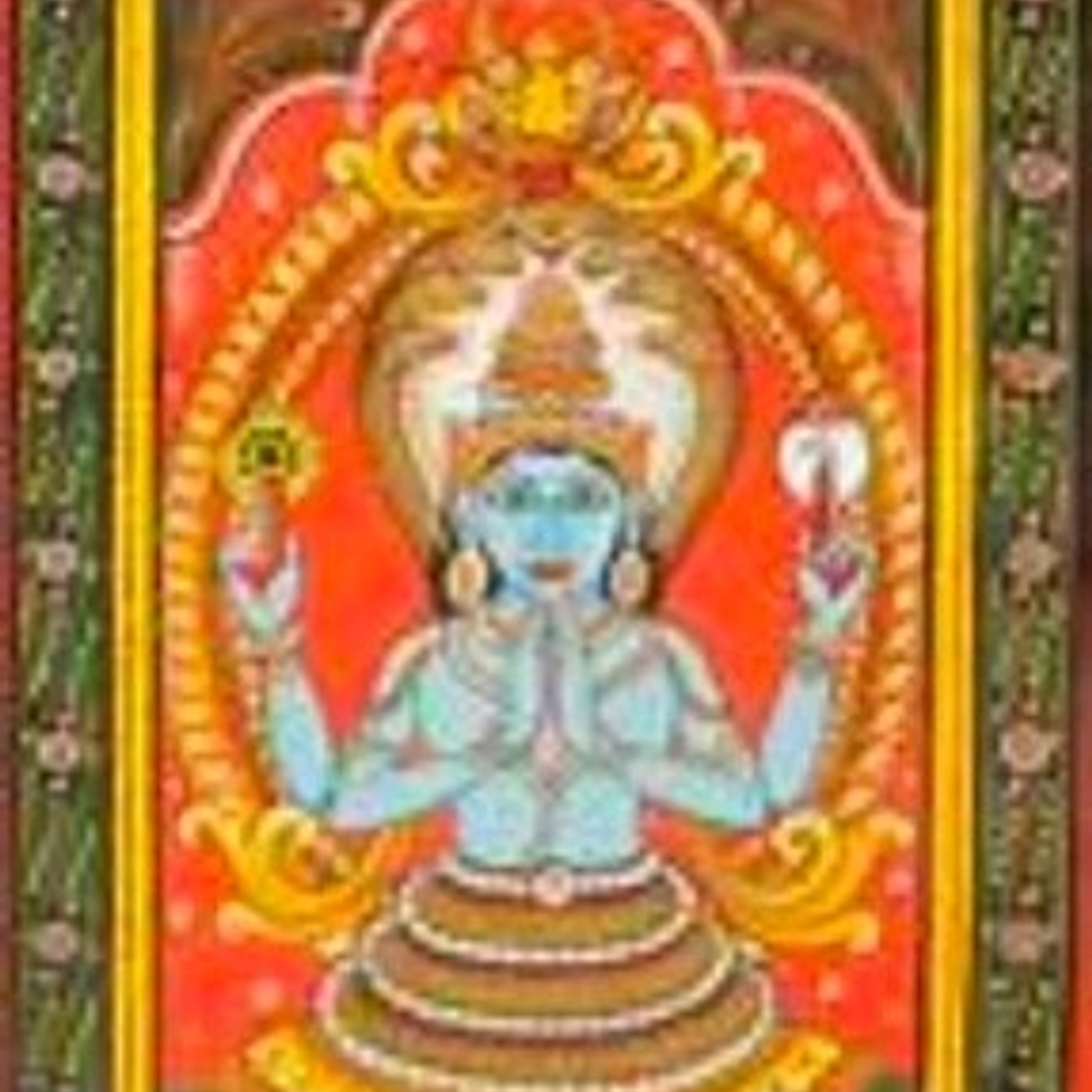
वाह्याभ्यन्तरविषयाक्षेपी चतुर्थः॥५१॥
II.51 Vāhyābhyantara viṣayākṣepī caturthaḥ
Transcending the movement of internal and external breath is the fourth level of prāṇāyāmaḥ that moves beyond divisions of inner or outer.
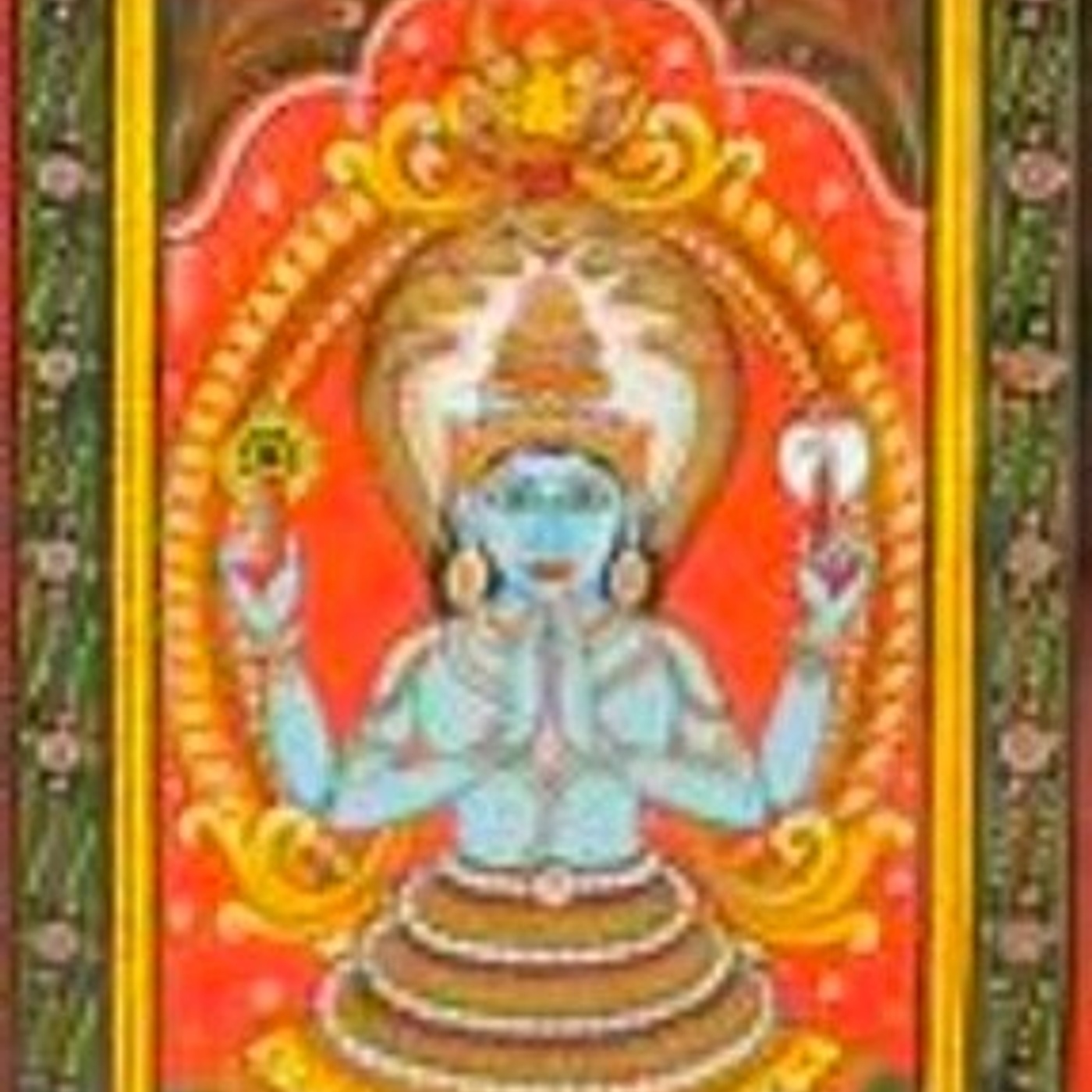
ततः क्षीयते प्रकाशावरणम्॥५२॥
II.52 Tataḥ kṣīyate prakāśāvaraṇam
Then, the veils of the inner light are dissolved.

धारणासु च योग्यता मनसः॥५३
II.53 Dhāraṇāsu ca yogyatā manasaḥ
And, the yogī develops strength of mind and character that is fit for focus and concentration.

स्वविषयासम्प्रयोगे चित्तस्य स्वरूपानुकार इवेन्द्रियाणां प्रत्याहारः॥५४
II.54 Svaviṣayāsamprayoge cittasya svarūpānukāra ivendriyāṇāṁ pratyāhāraḥ
Drawing in the mind, senses, and consciousness, from contact with peripheral objects inwards towards the observer, is pratyāhāra, psychological freedom.
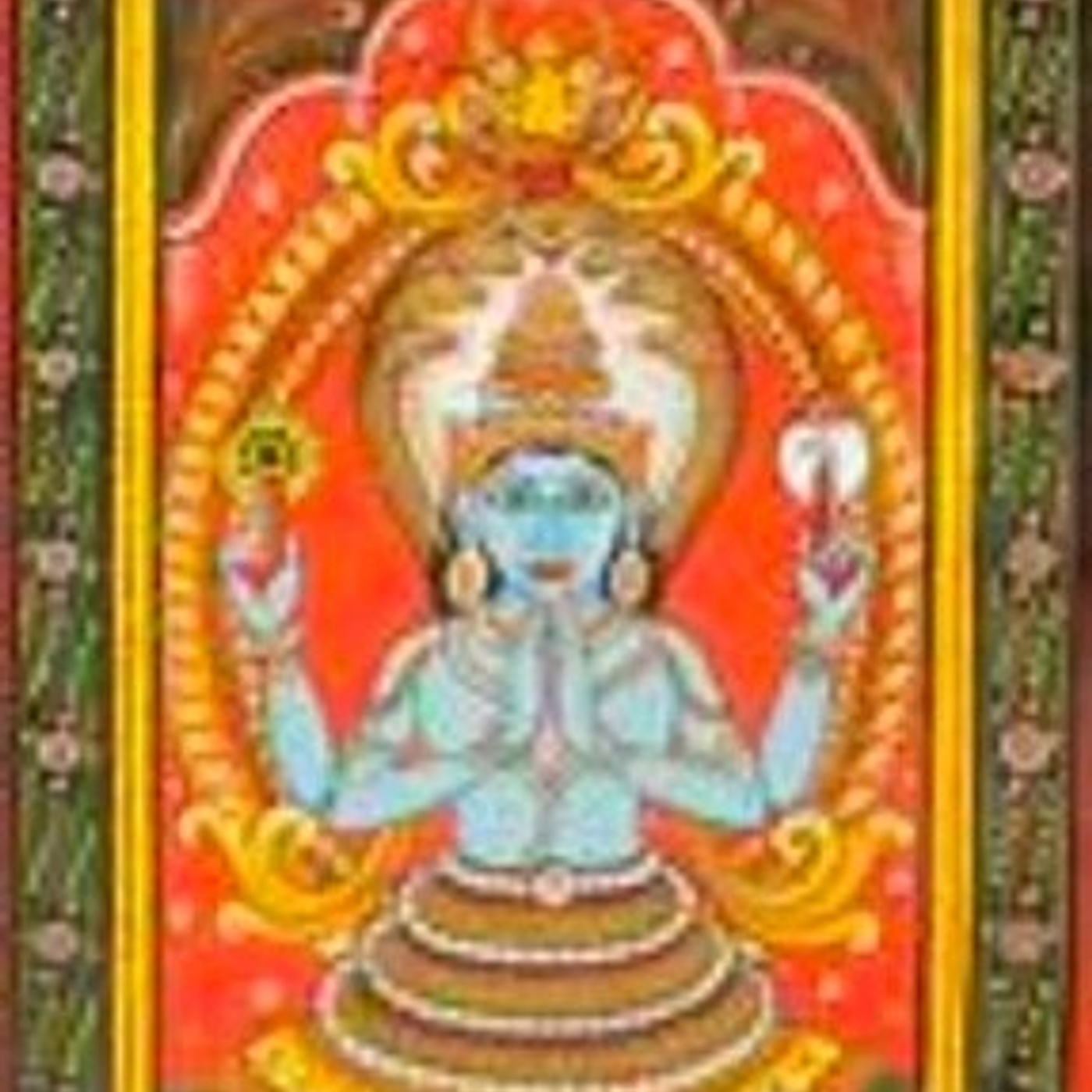
ततः परमा वश्यतेन्द्रियाणाम्॥५५
II.55 Tataḥ paramā vaśyatendriyāṇām
Thereby one has perfected mastery in the means of being aware and integrated psycho-spiritual maturation.

इति पतञ्जलयोगसूत्रे साधनपादः द्वितीयः समाप्थः
Iti patañjalayogasūtre sādhanapādaḥ
Here are Patañjali's insights on how to develop a functional practice of embodied psycho-spiritual integration and grow personal agency.


